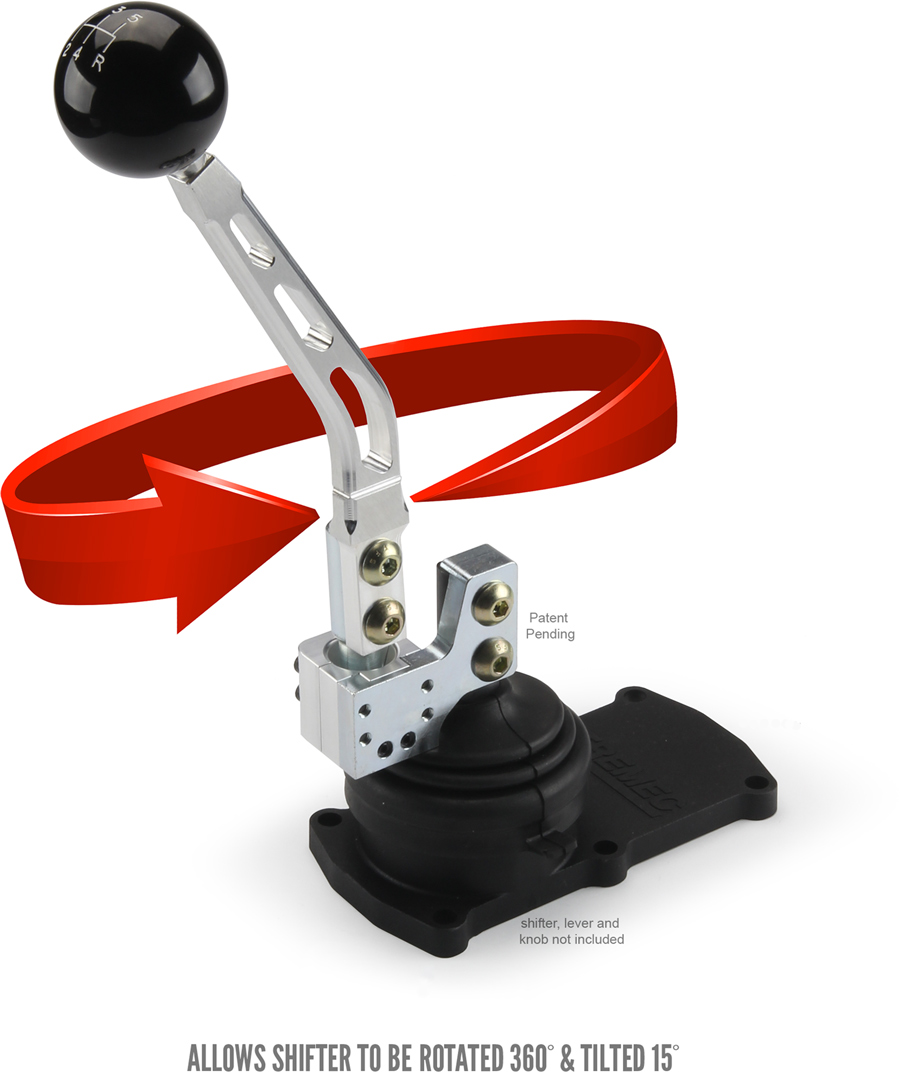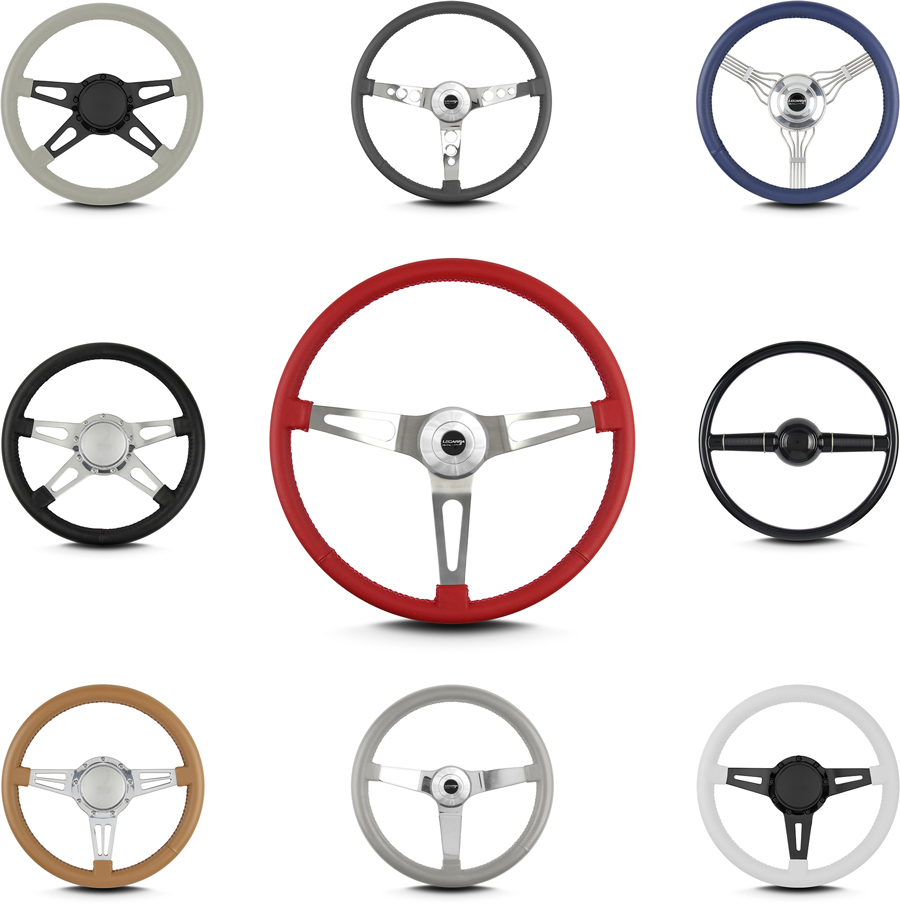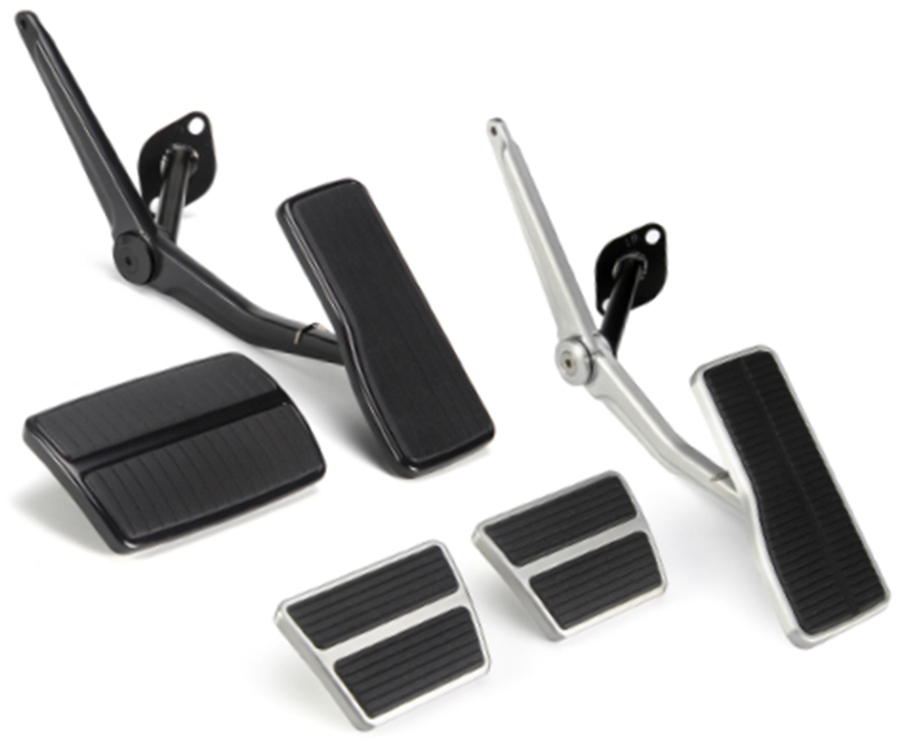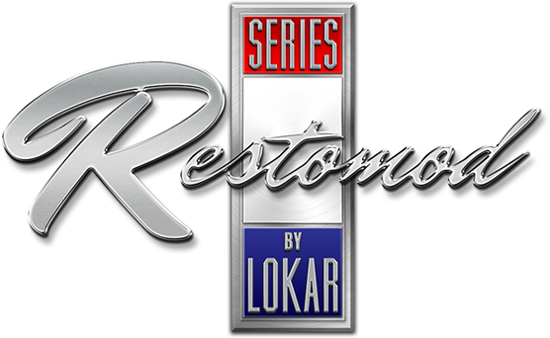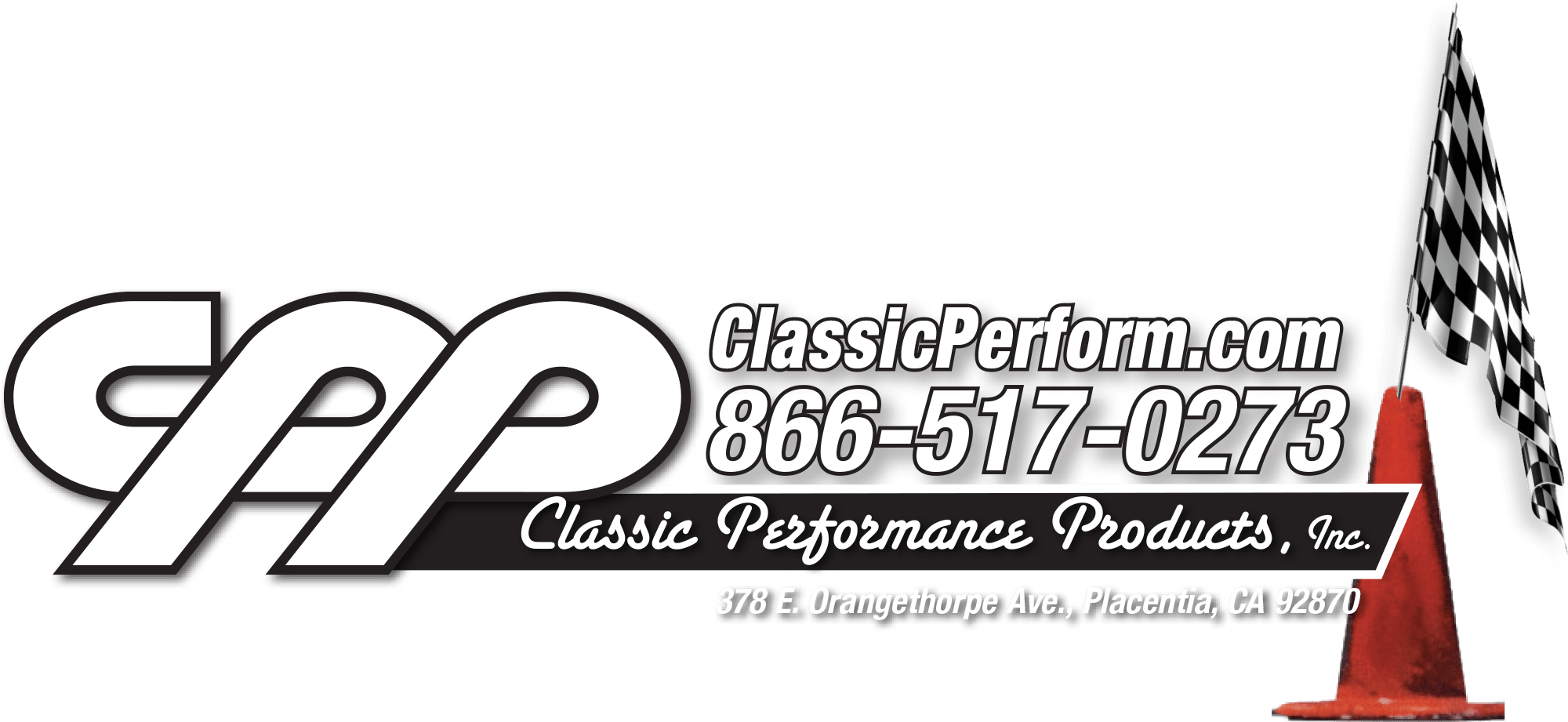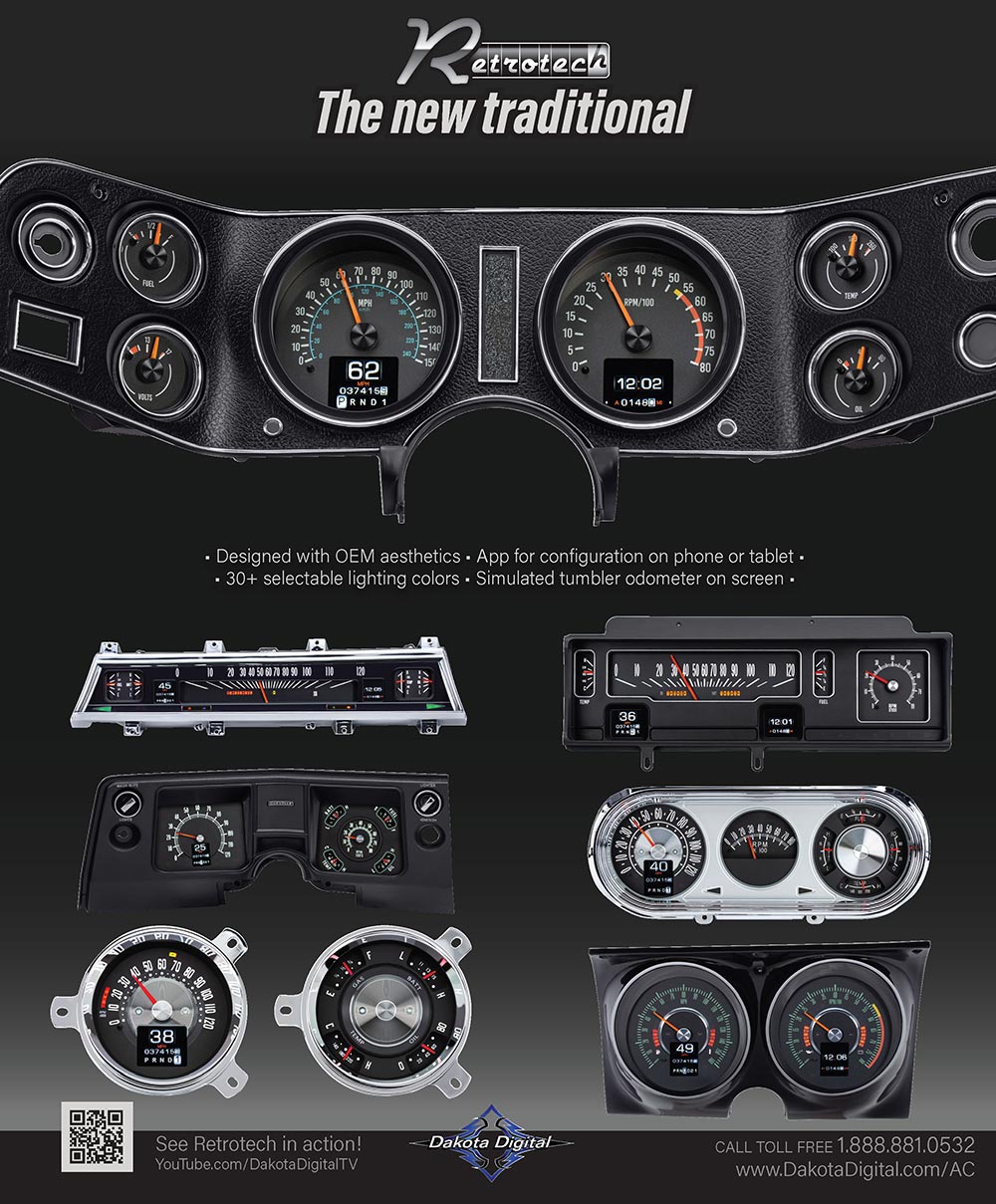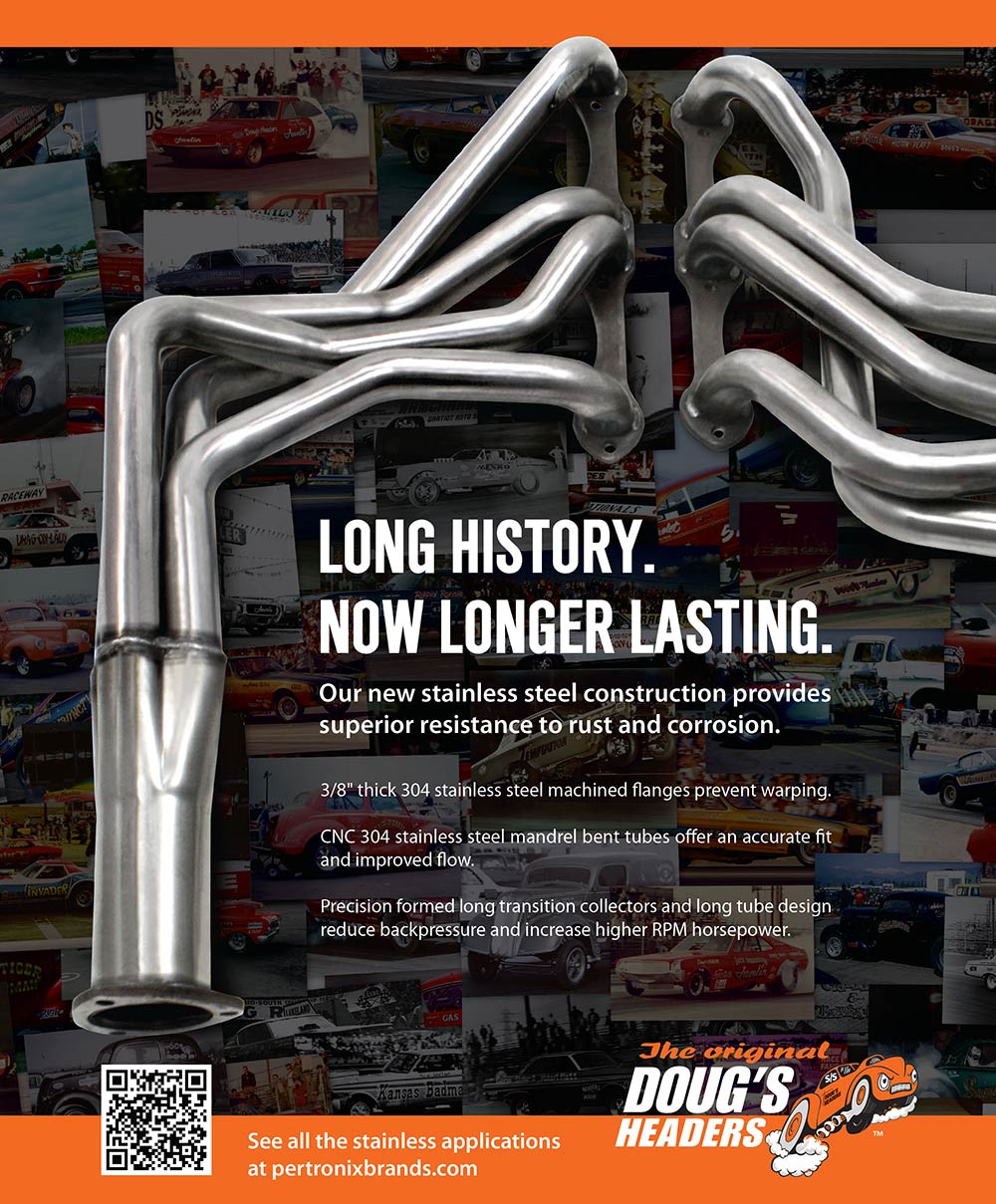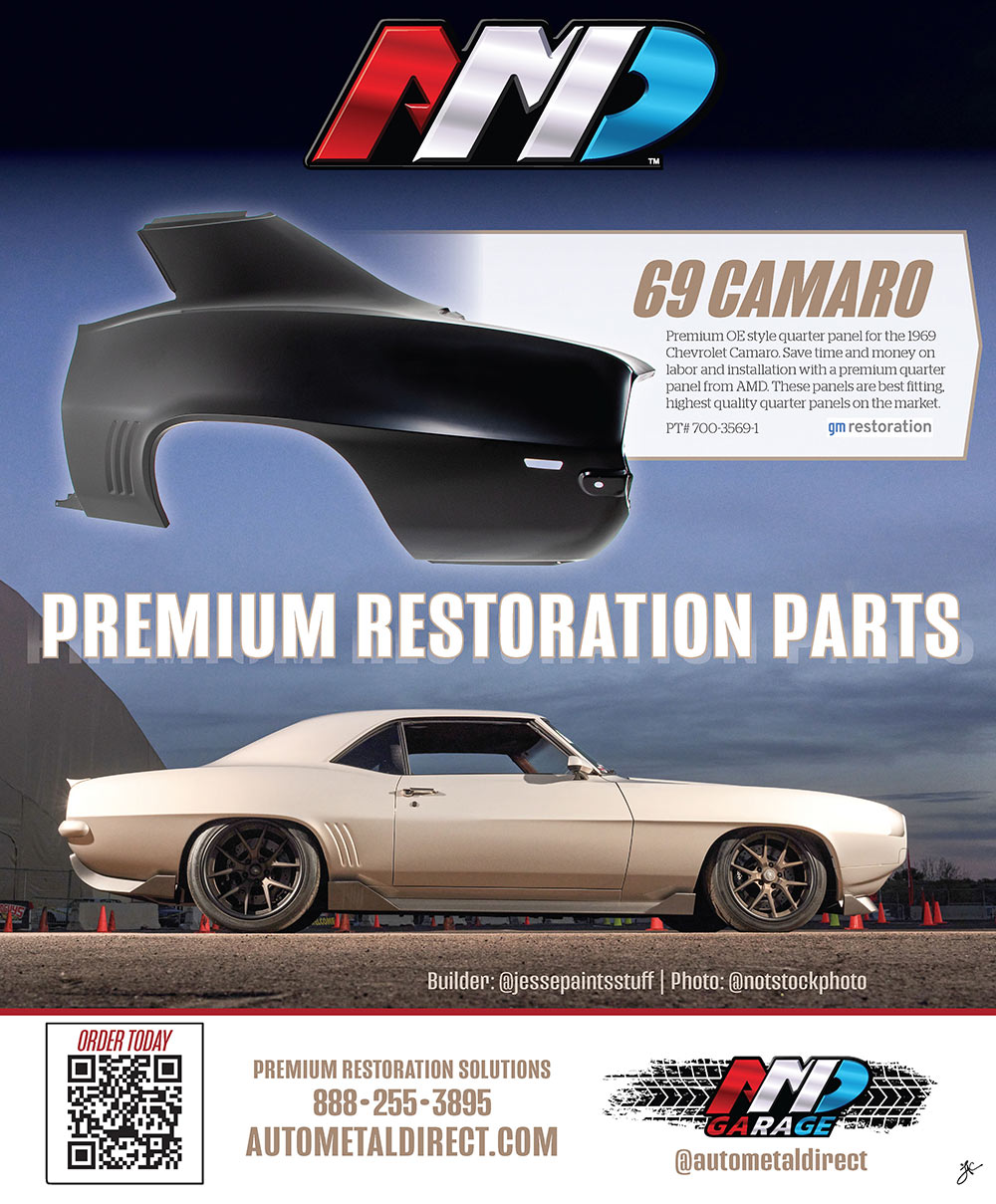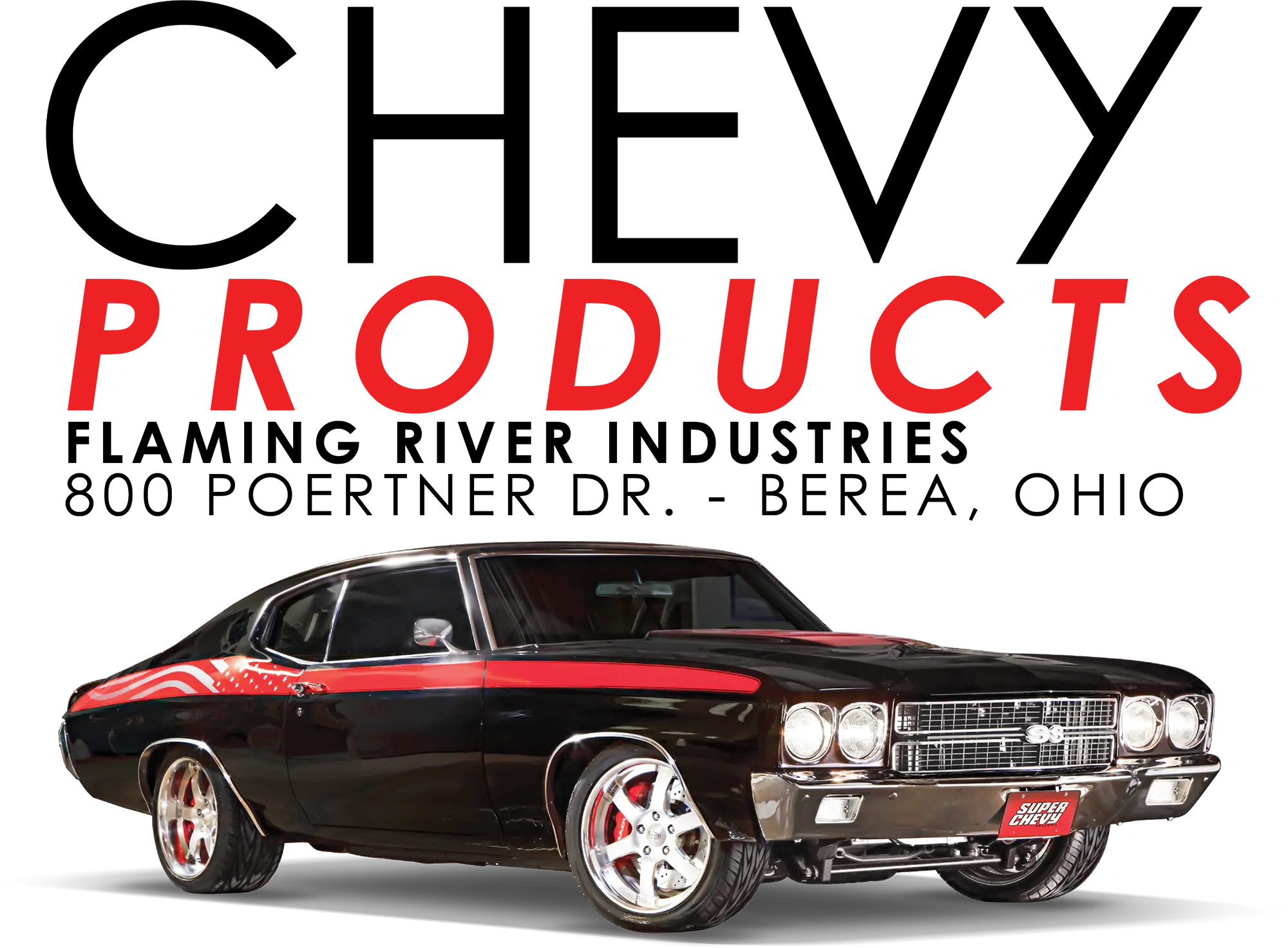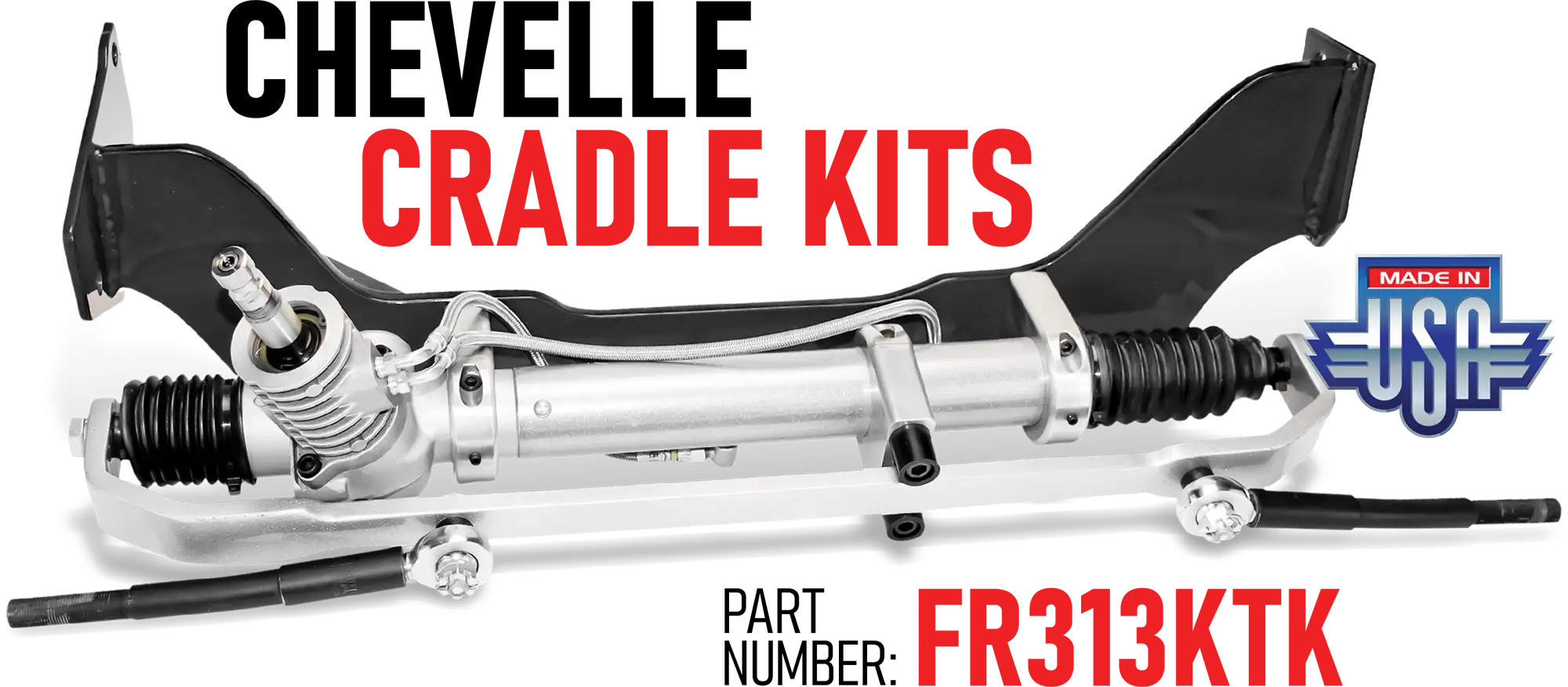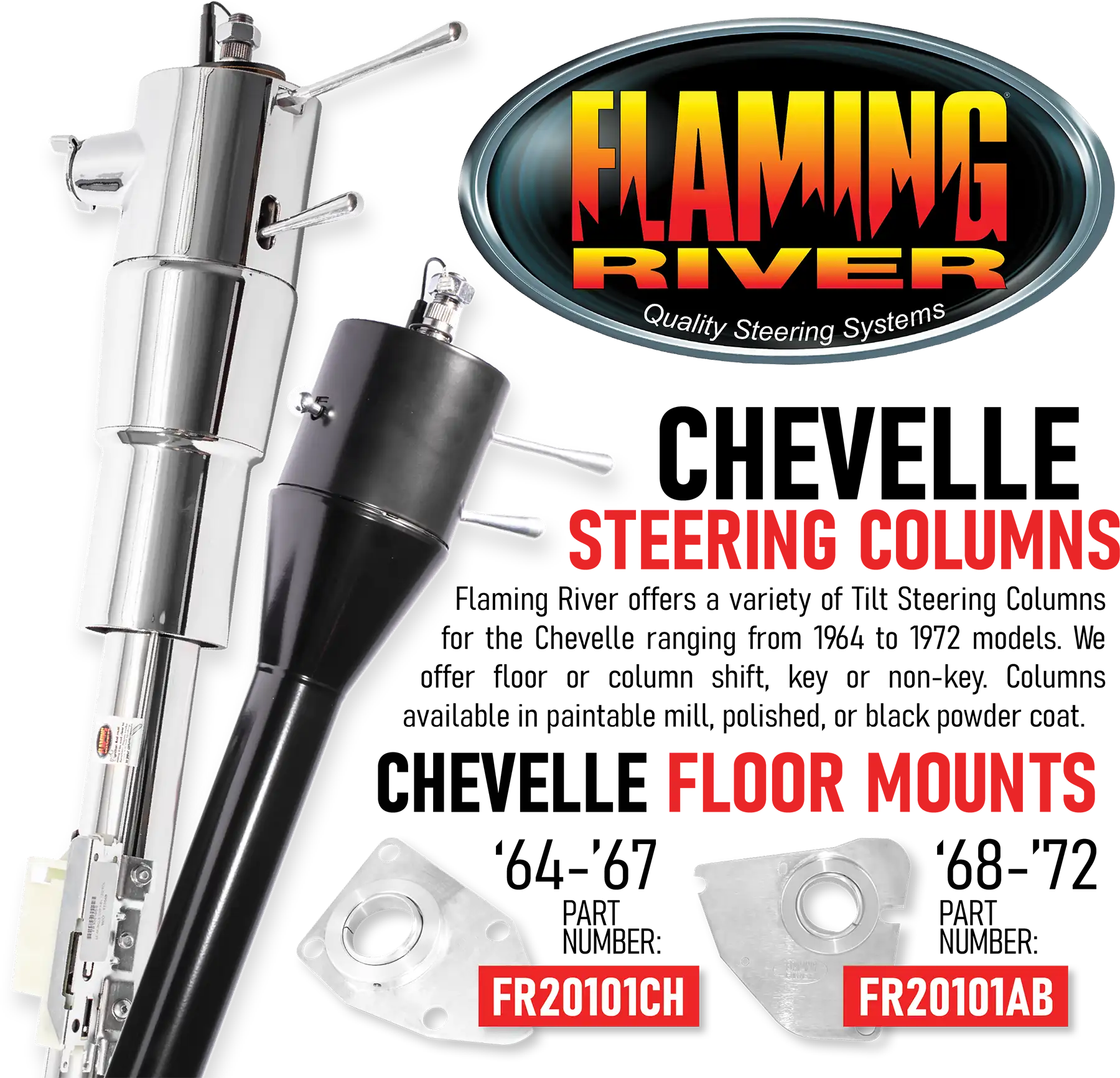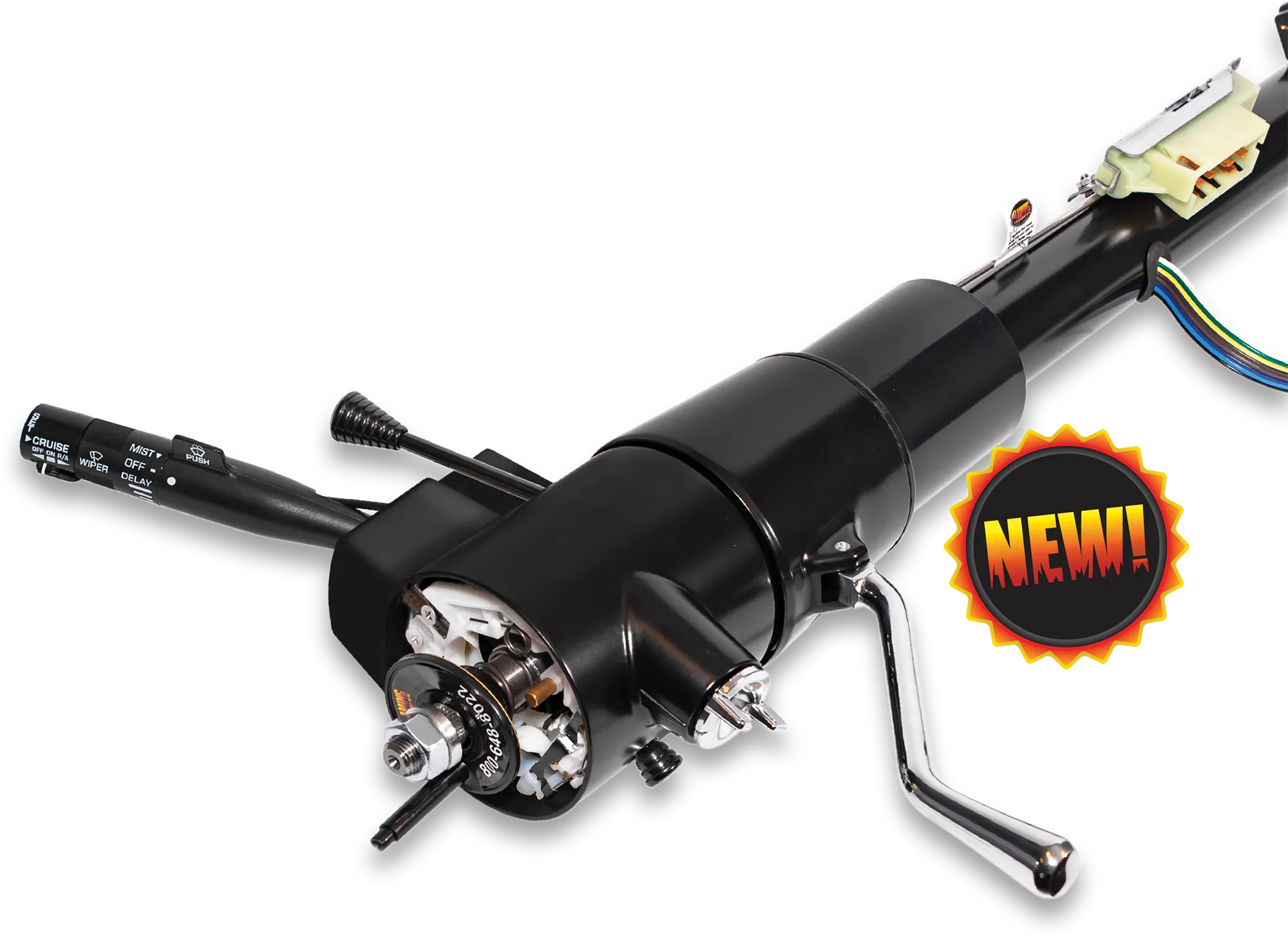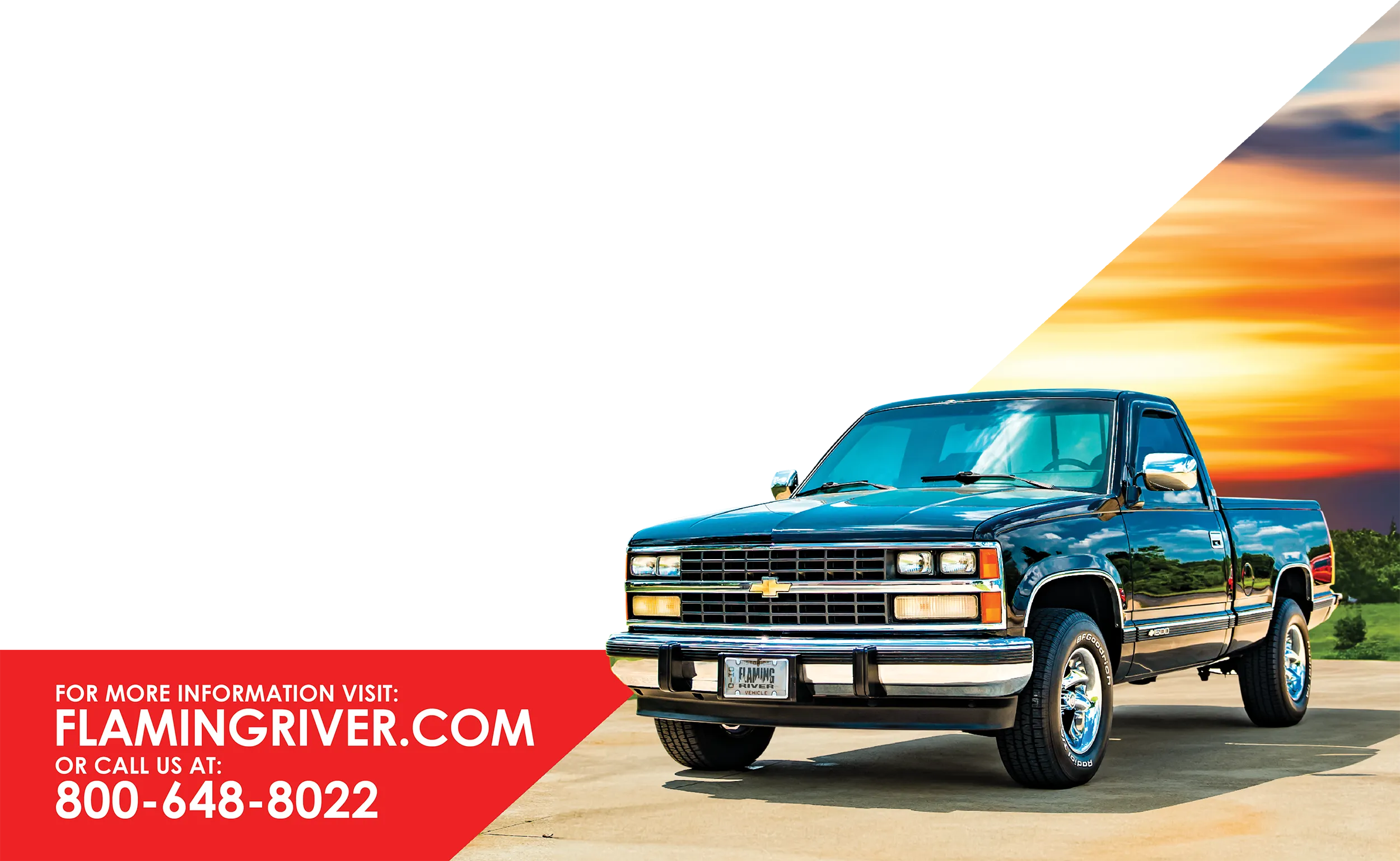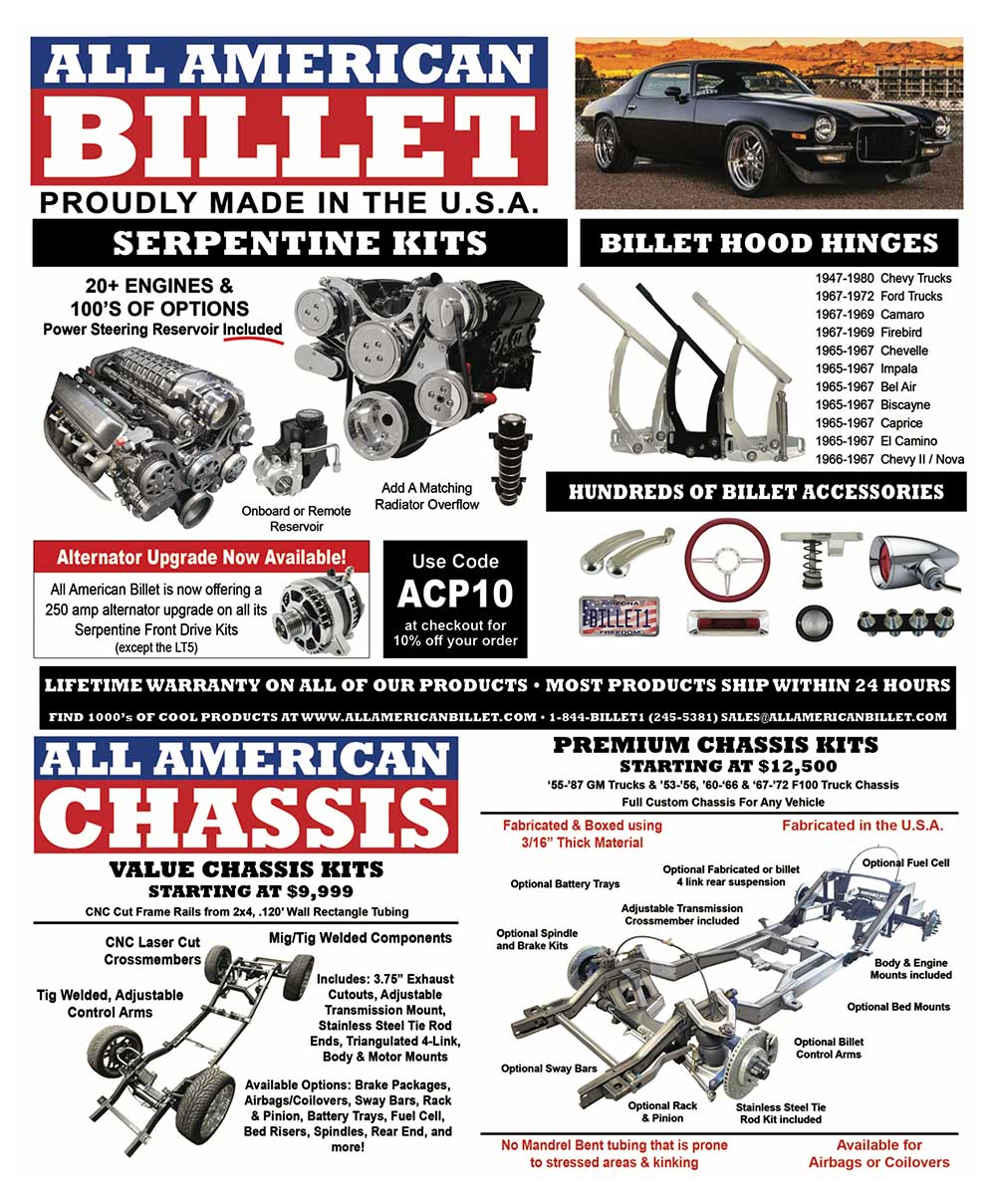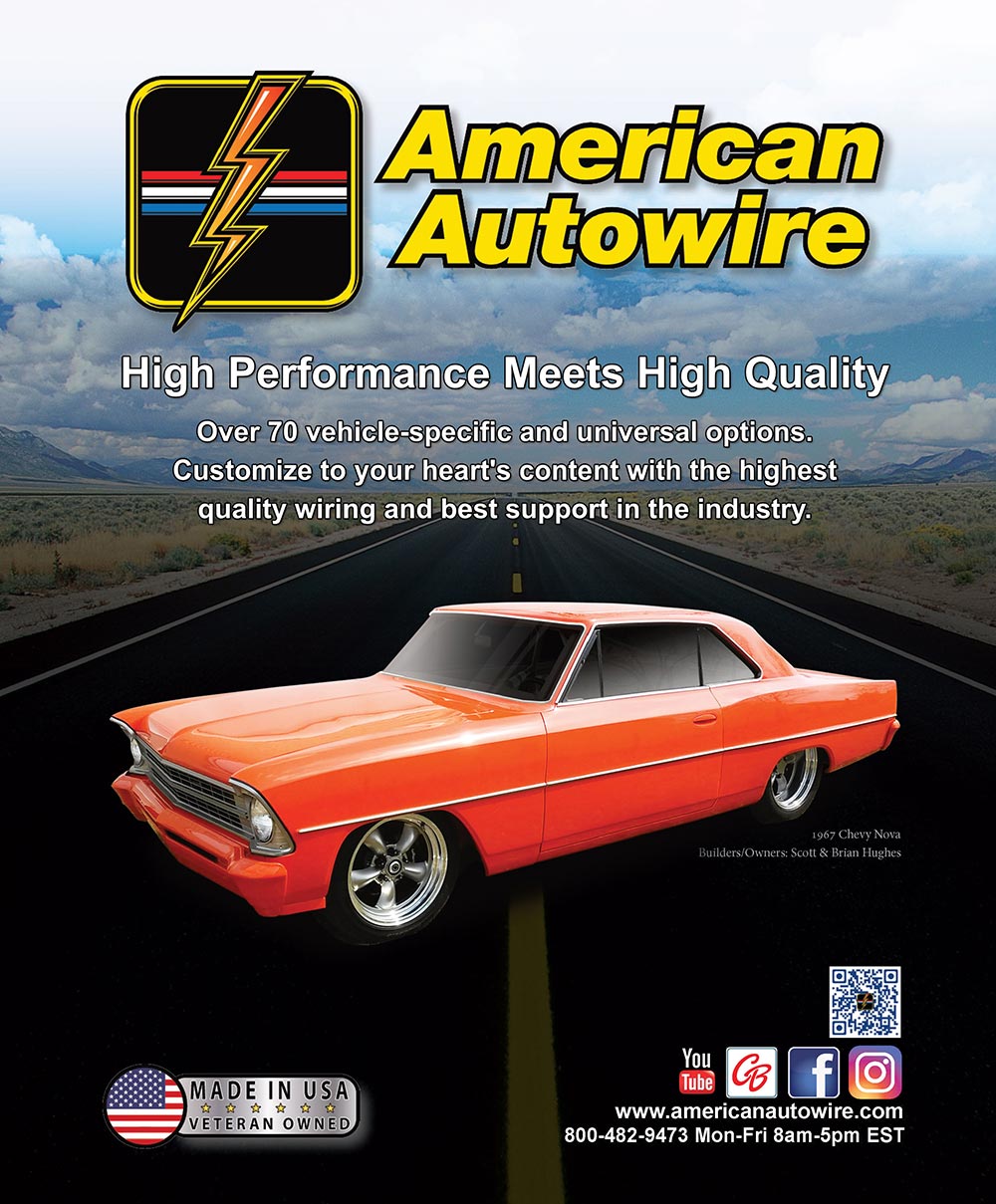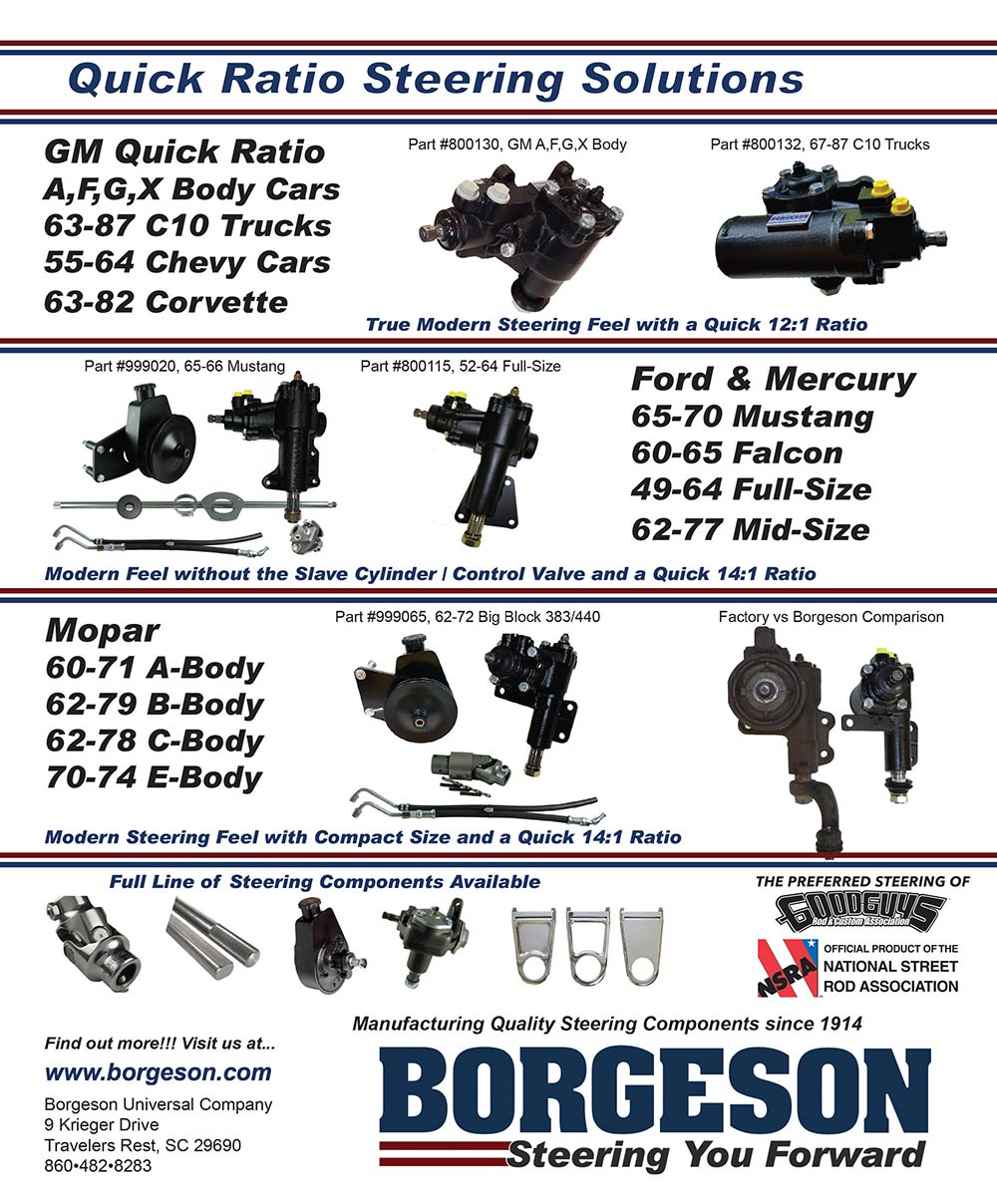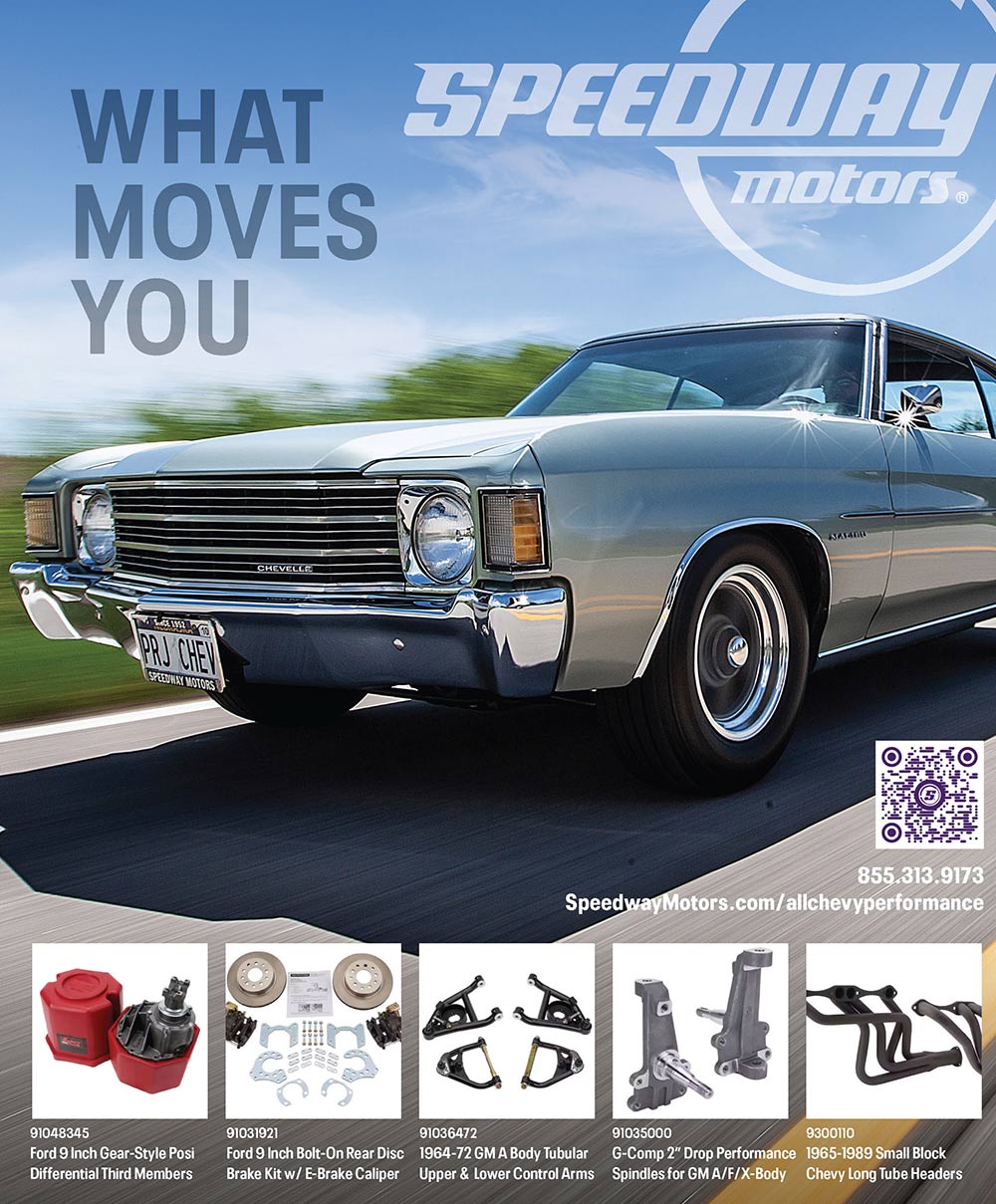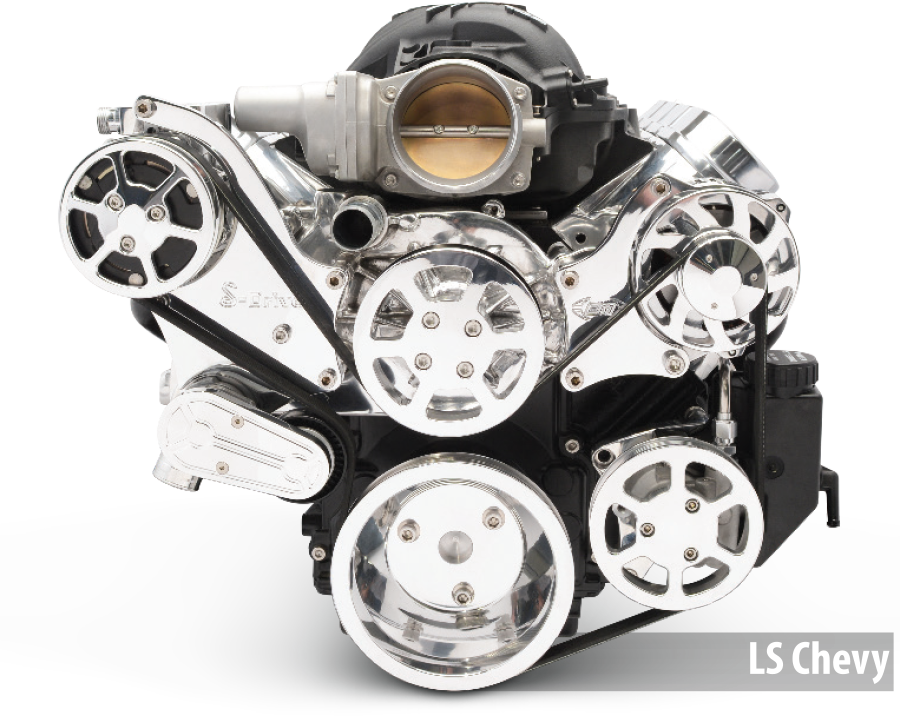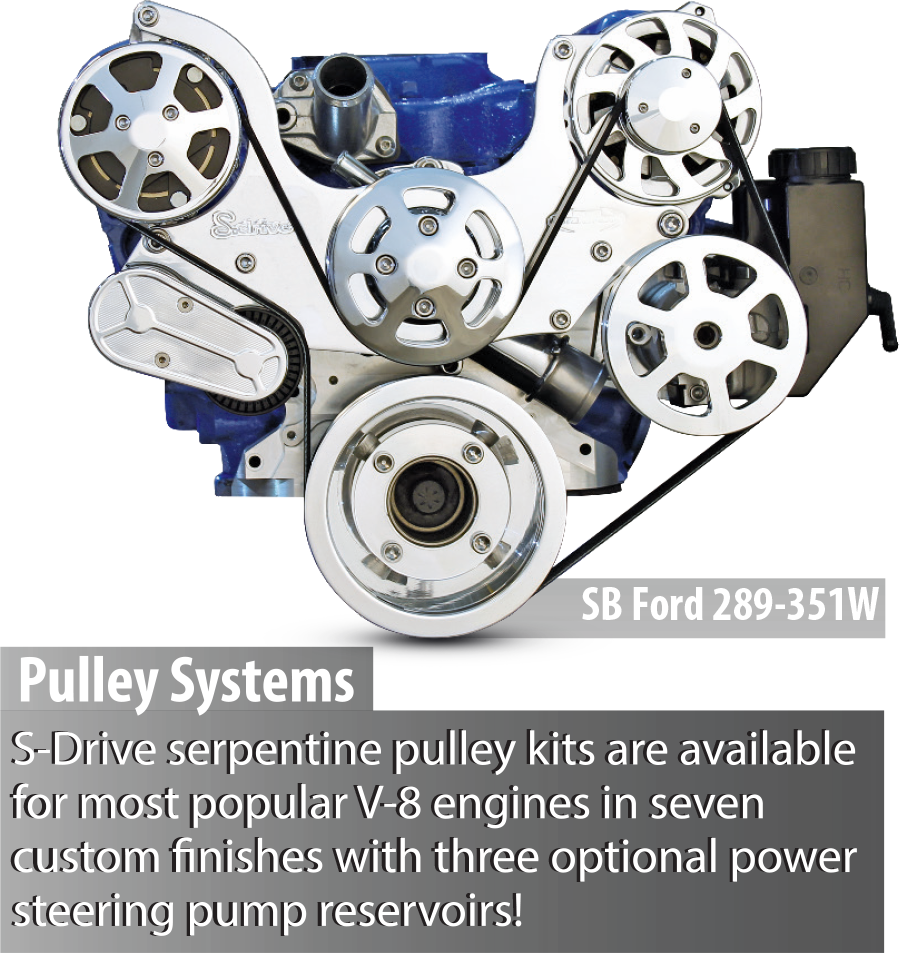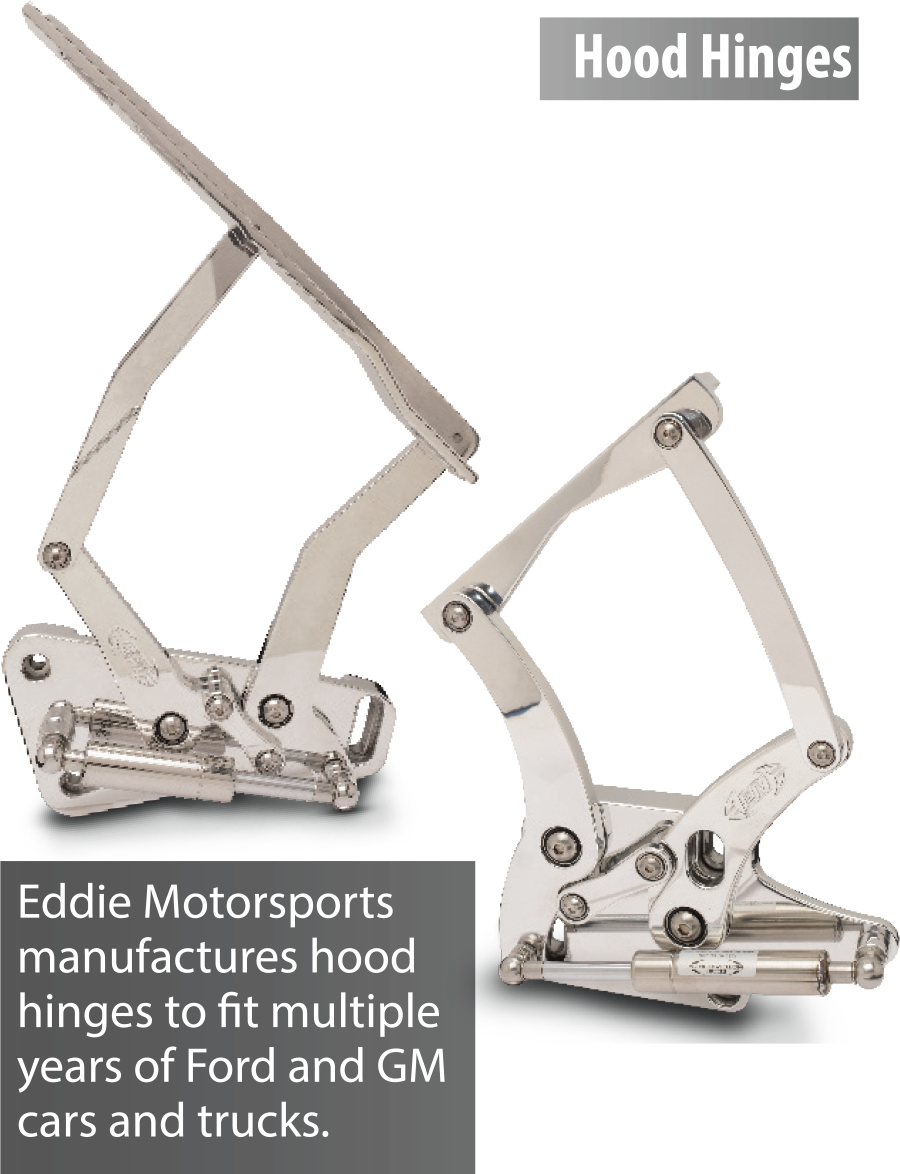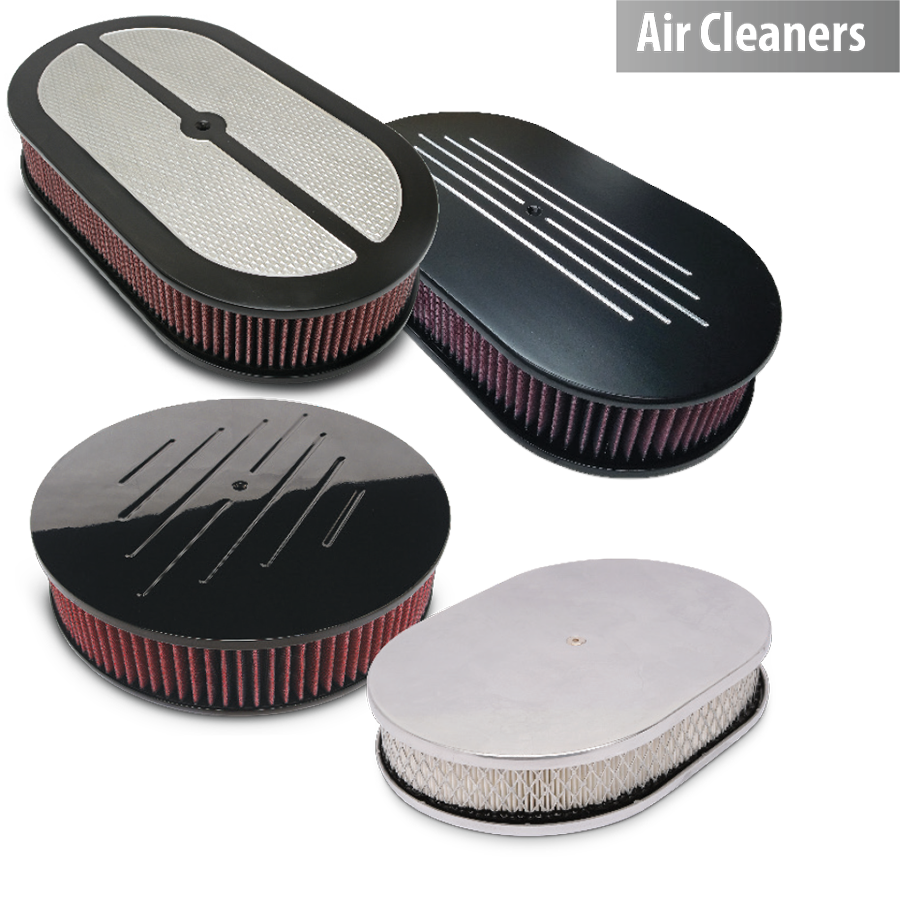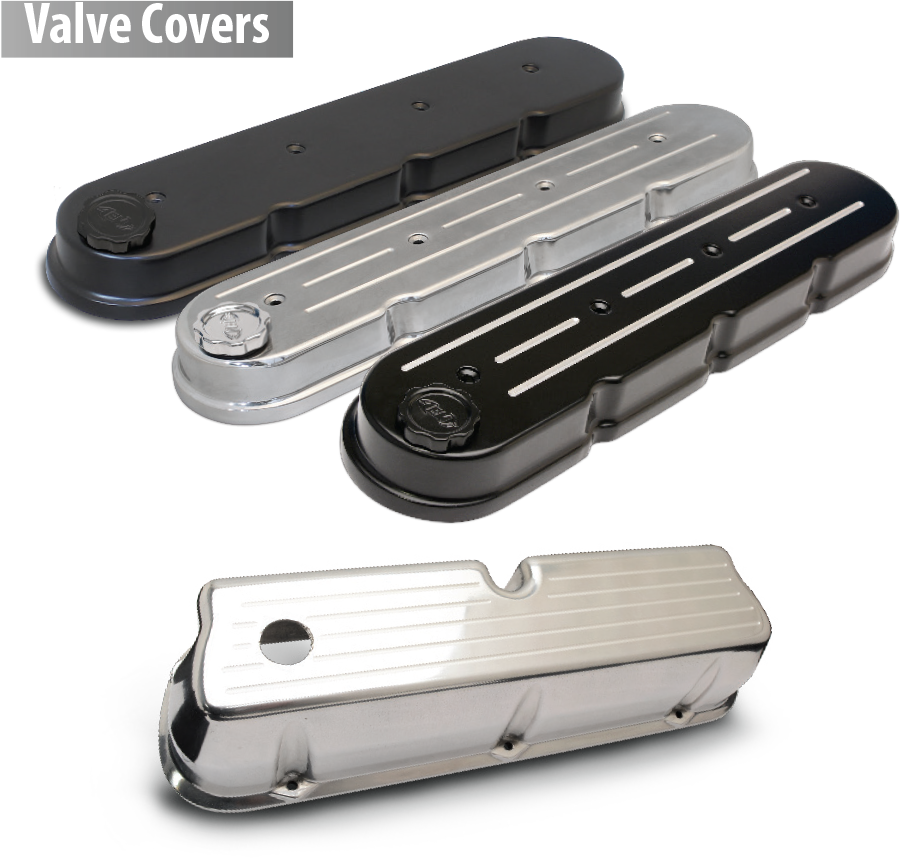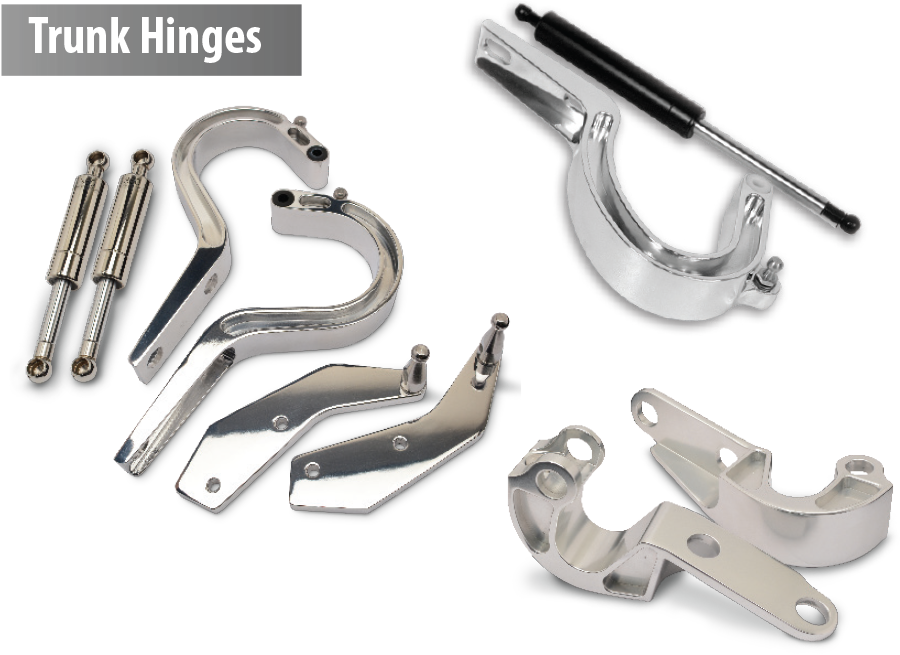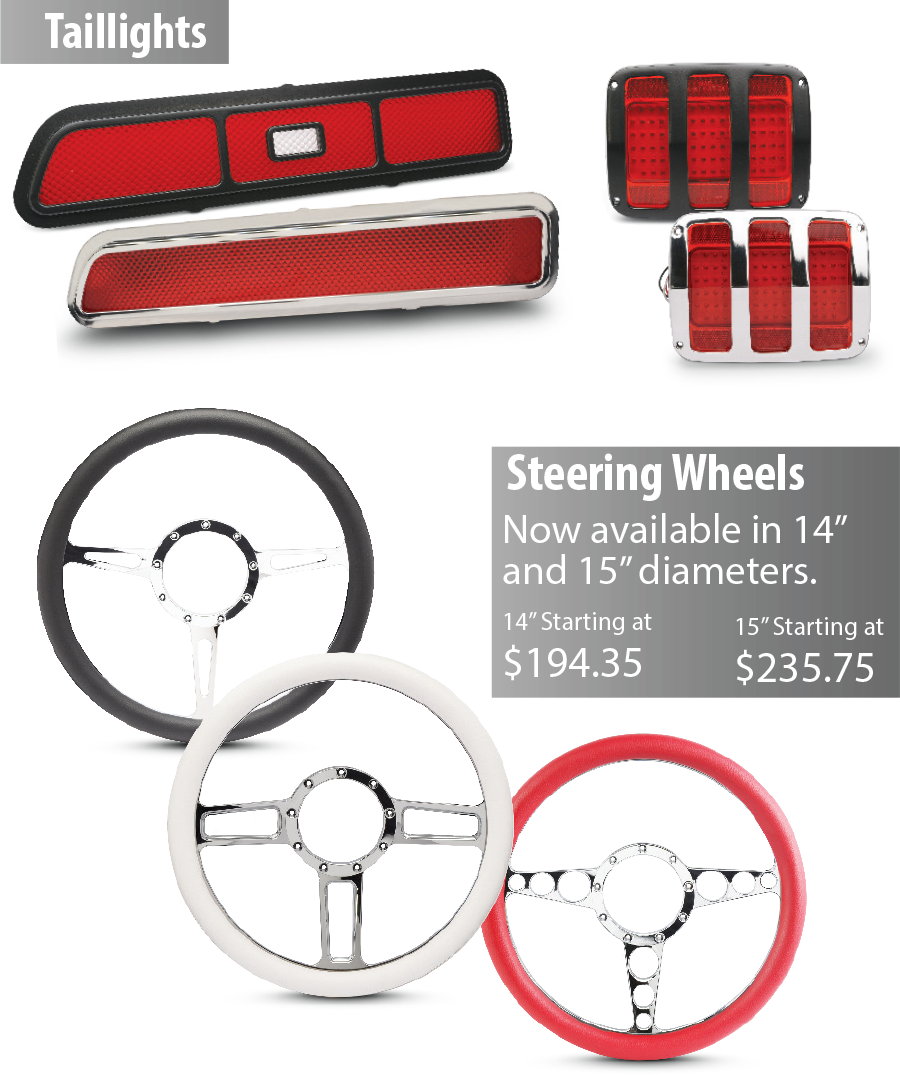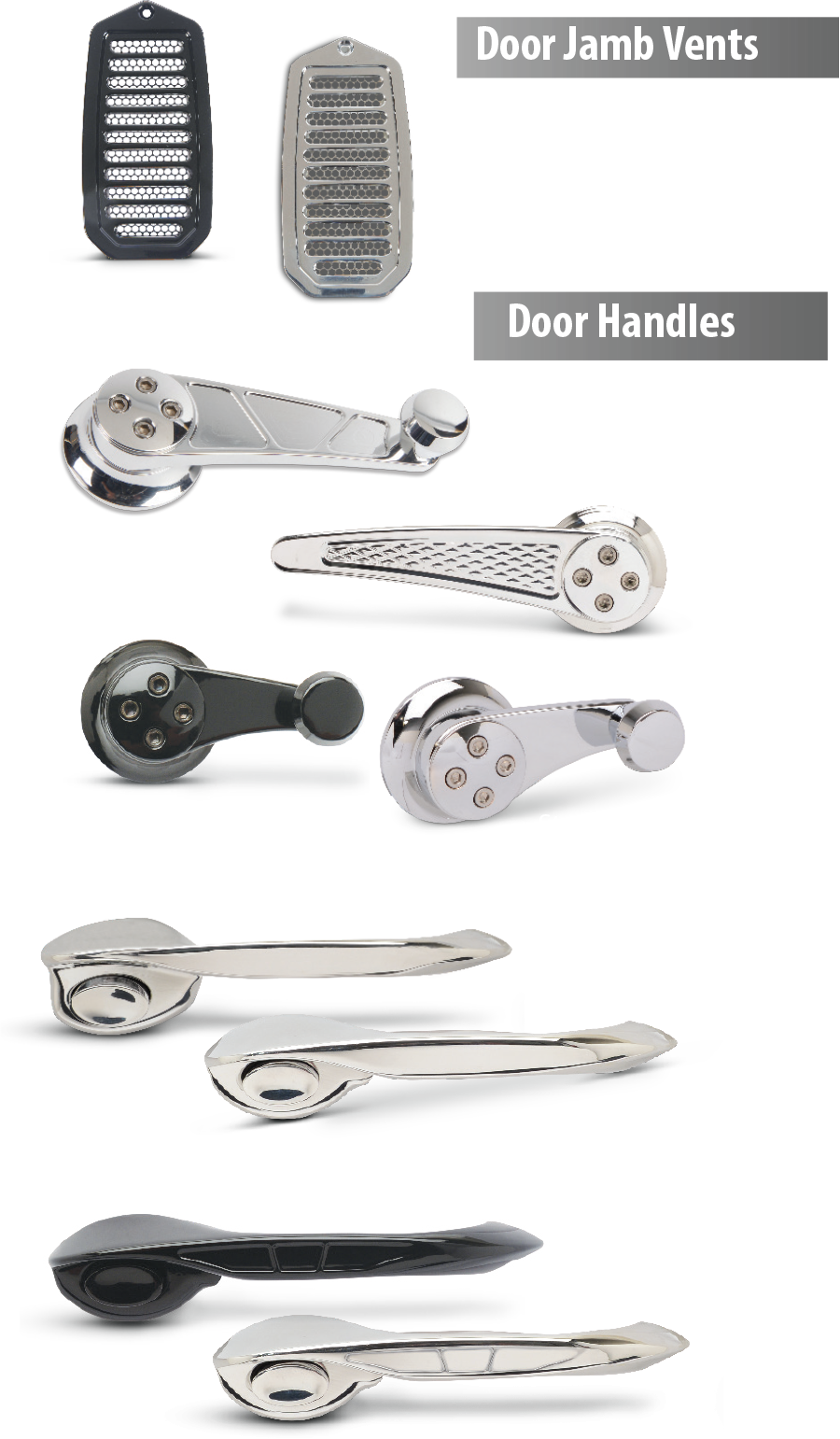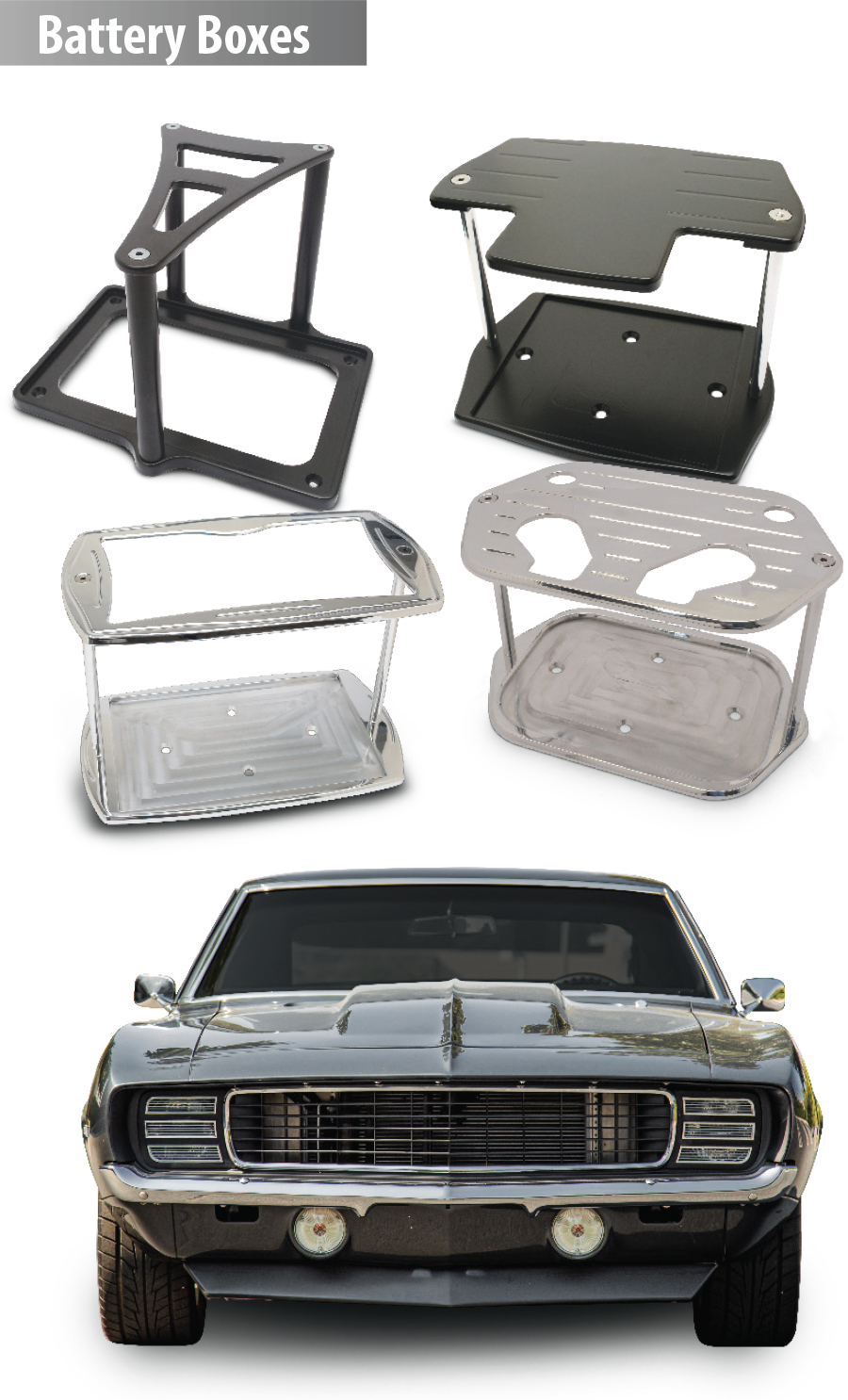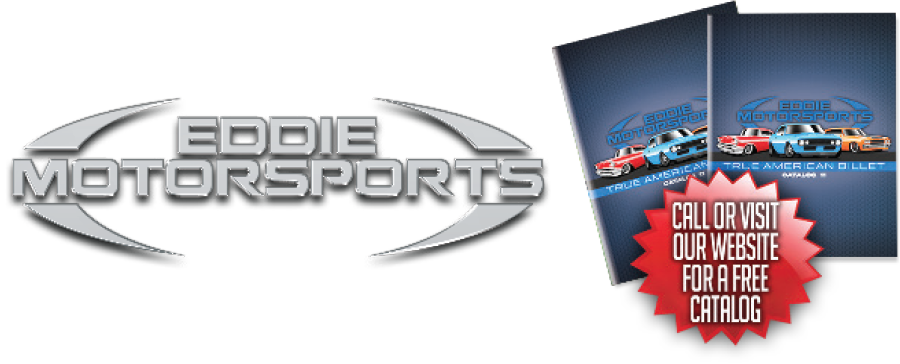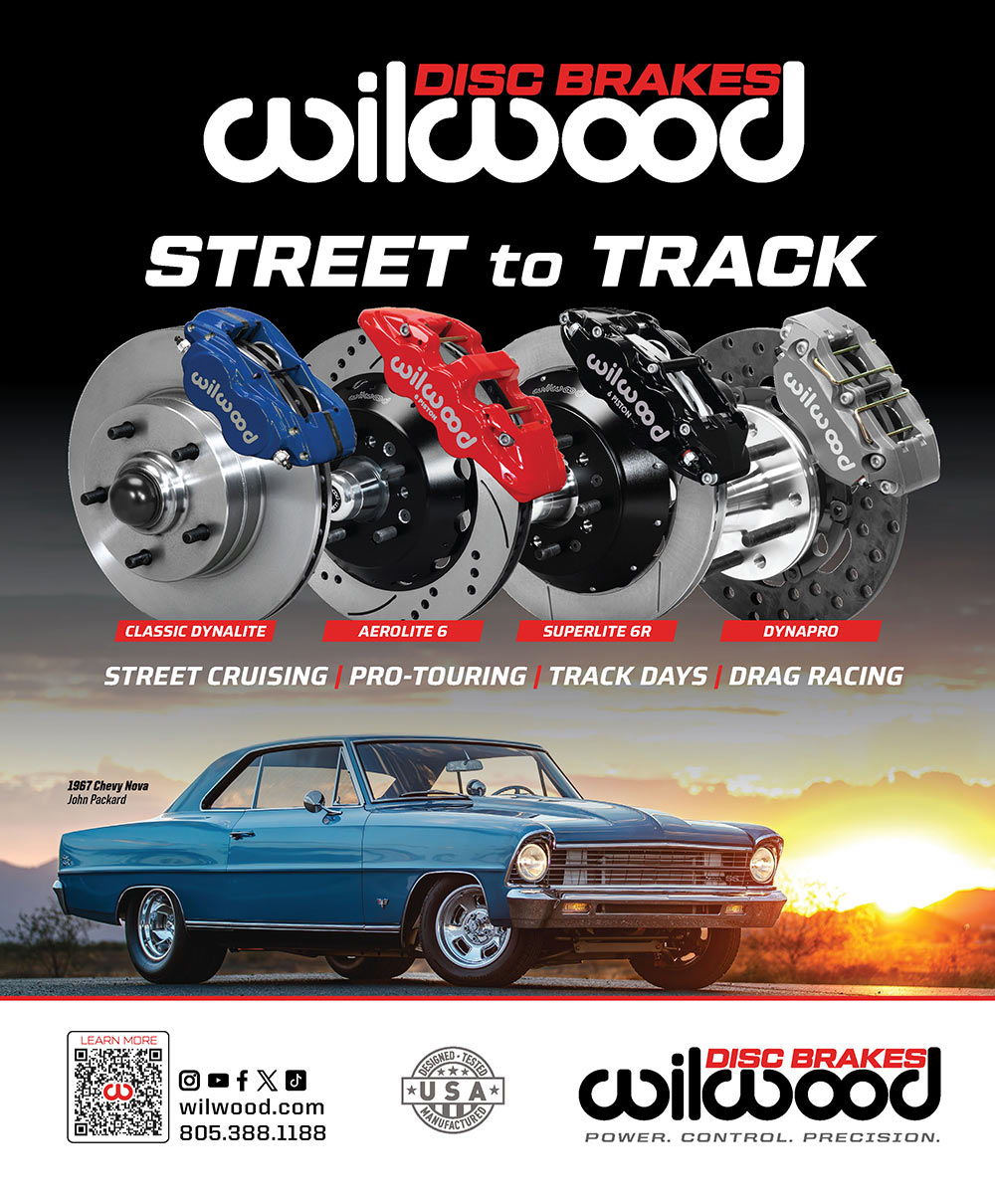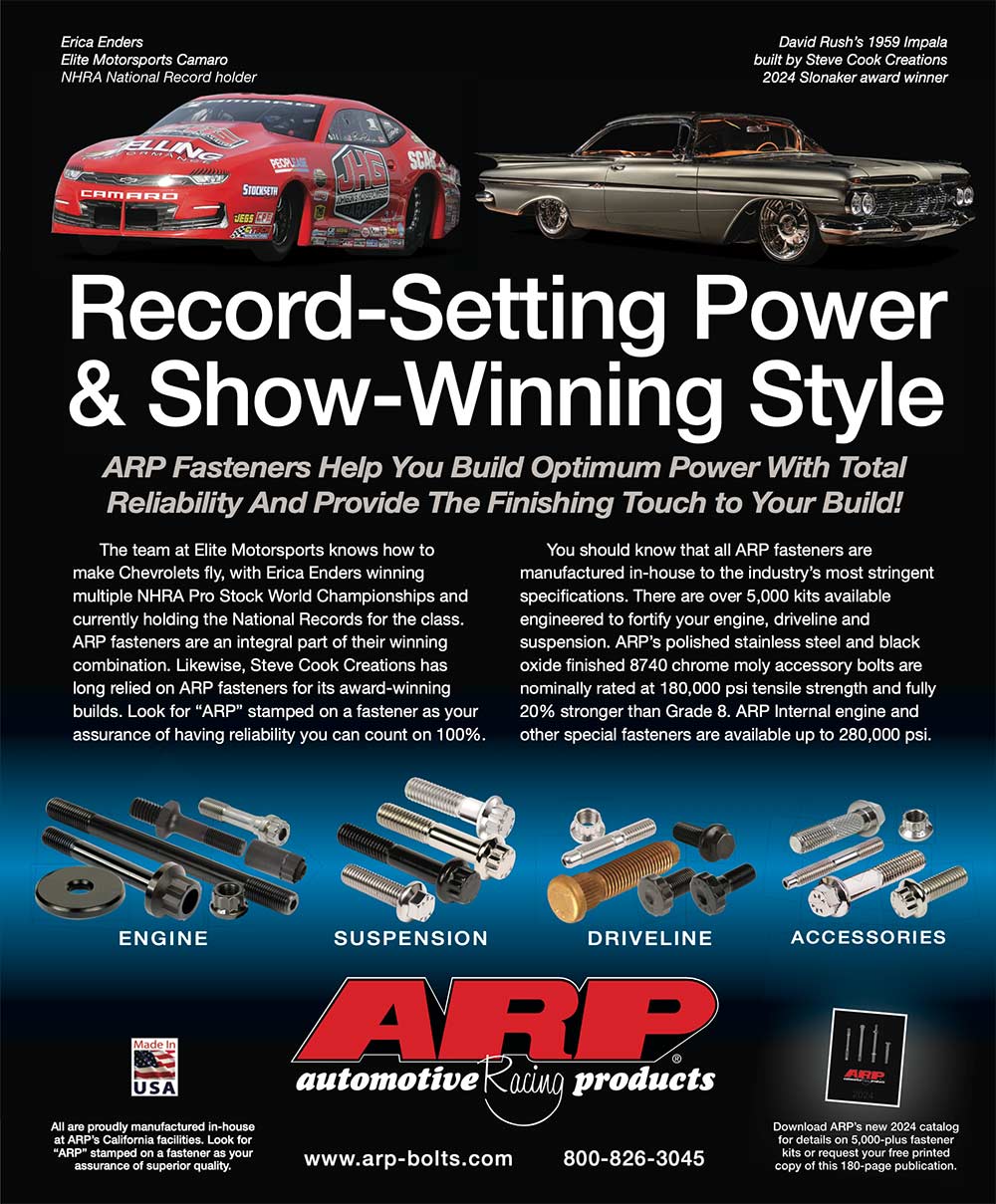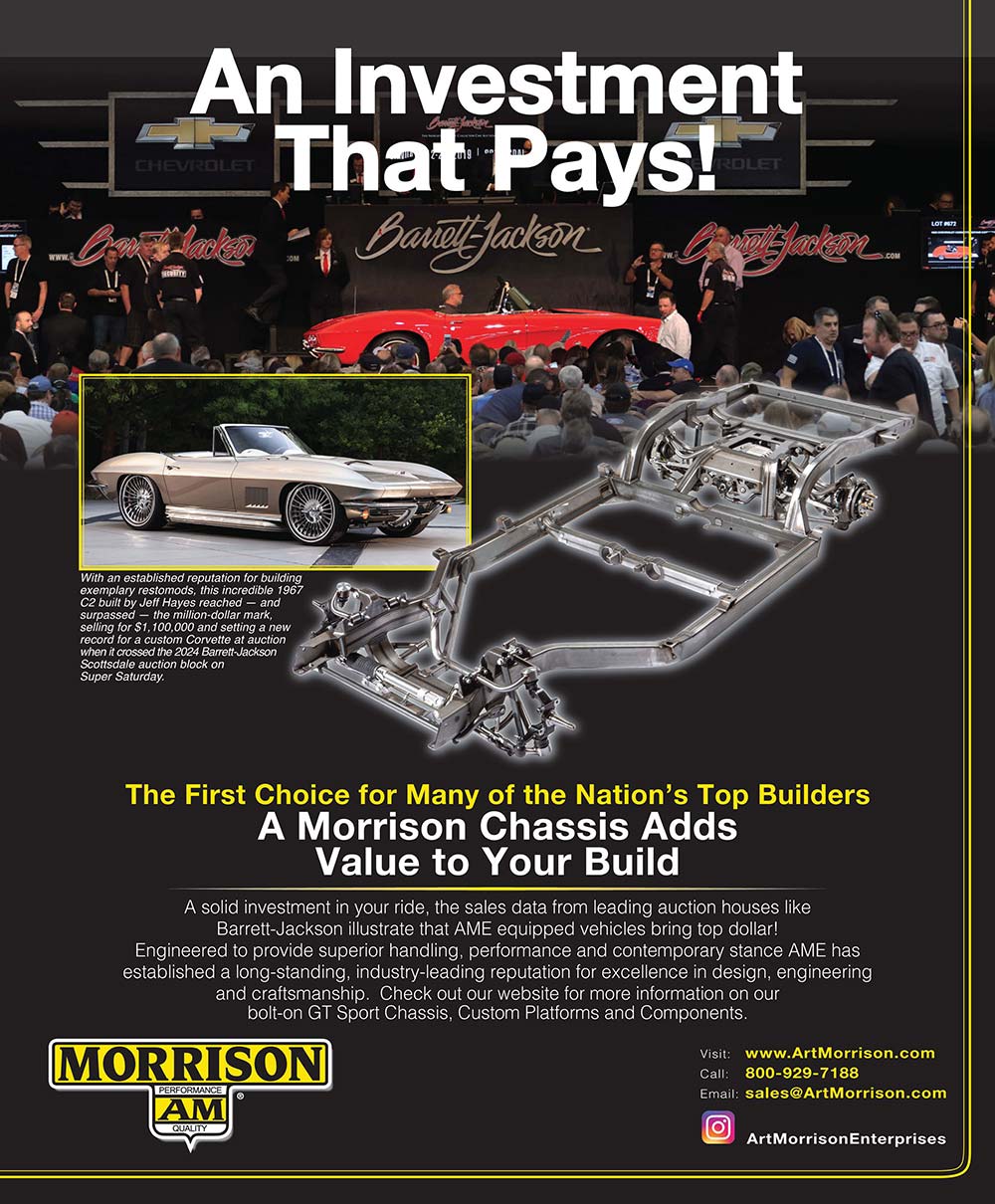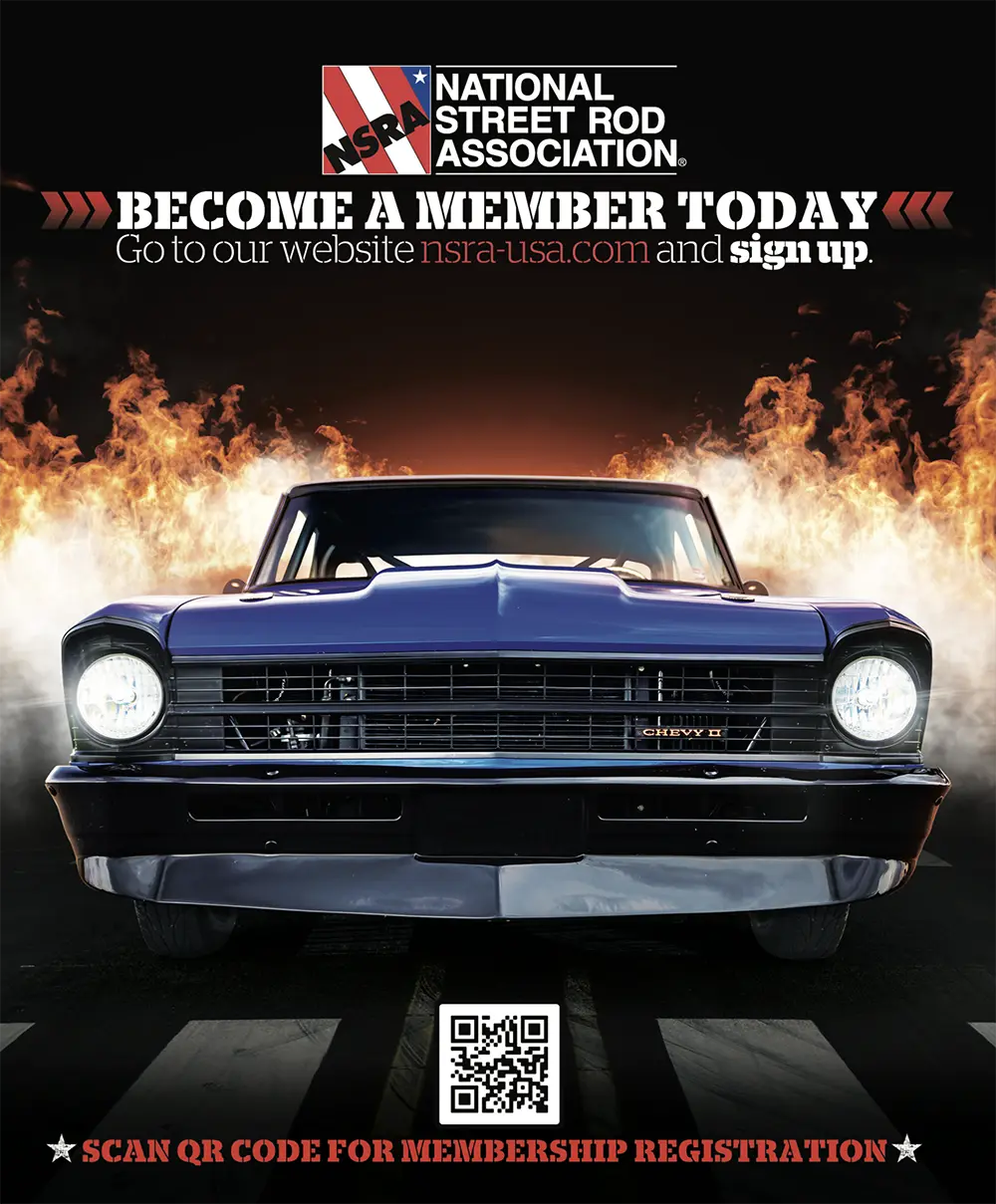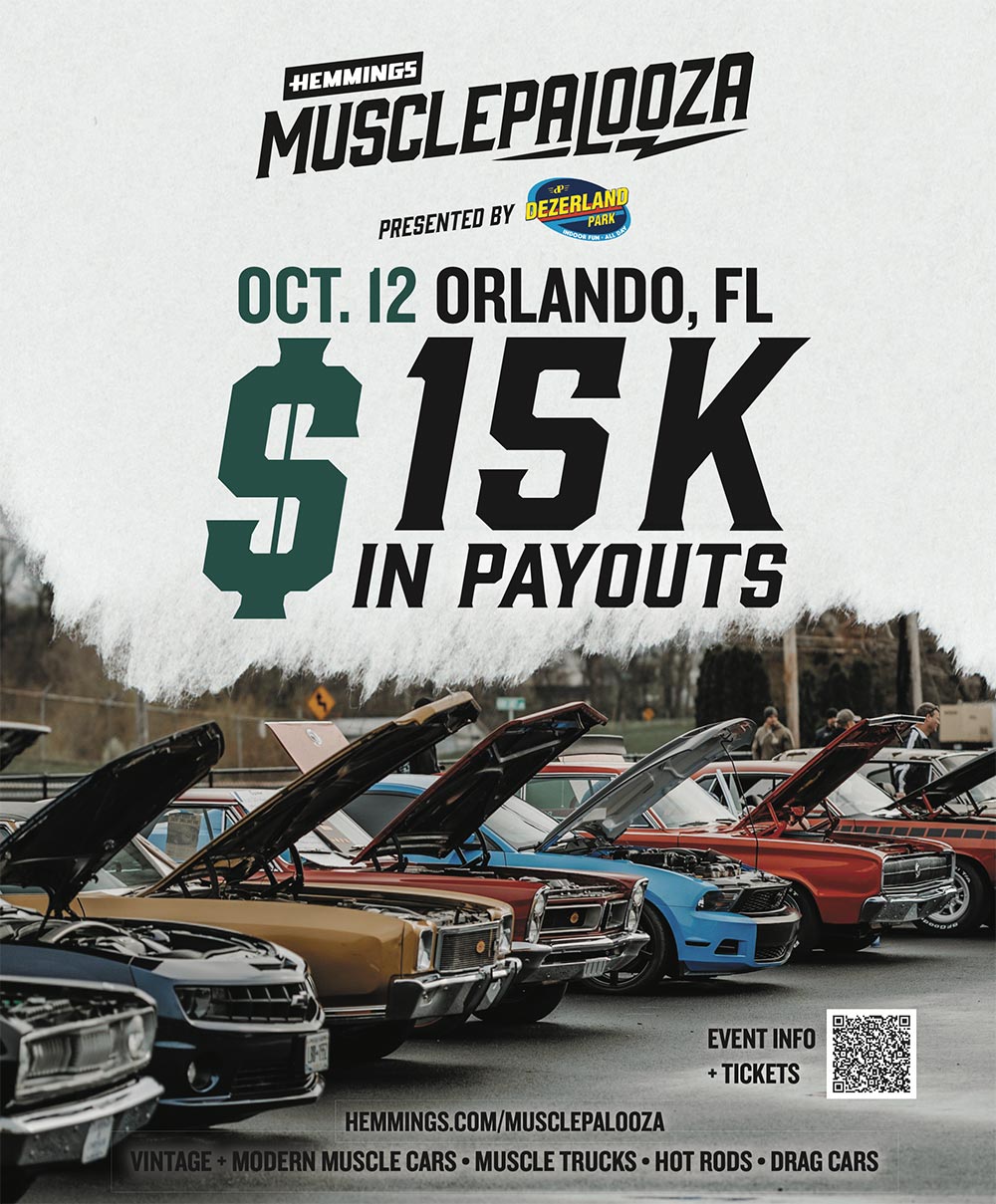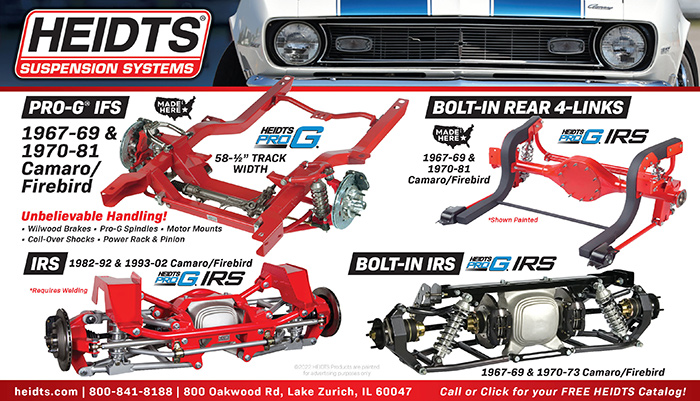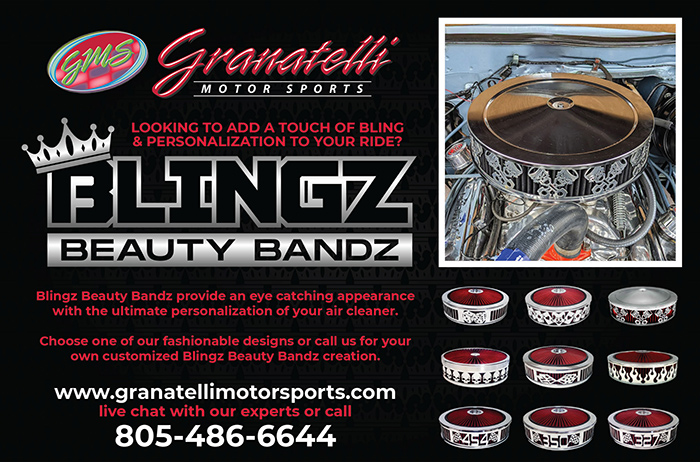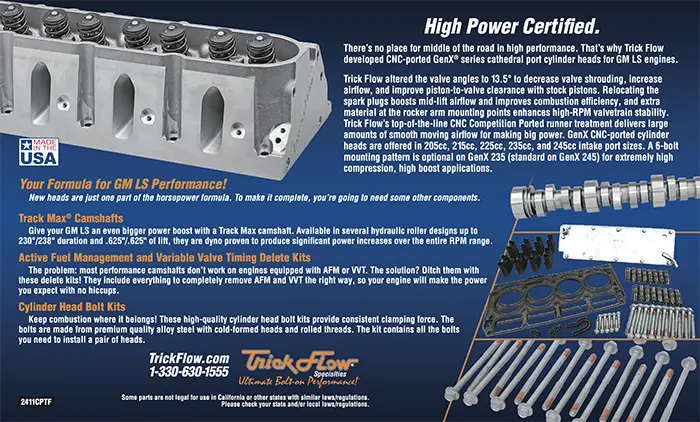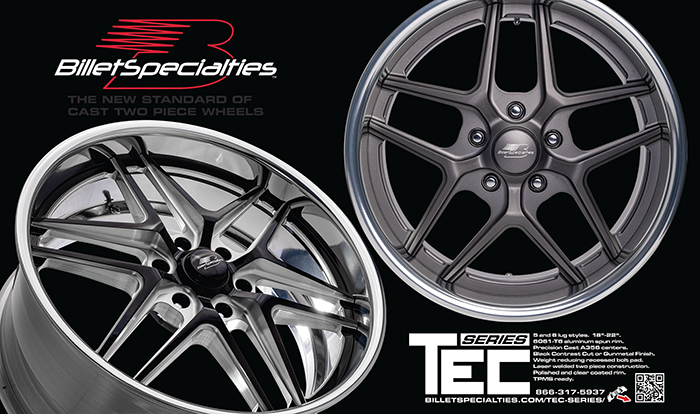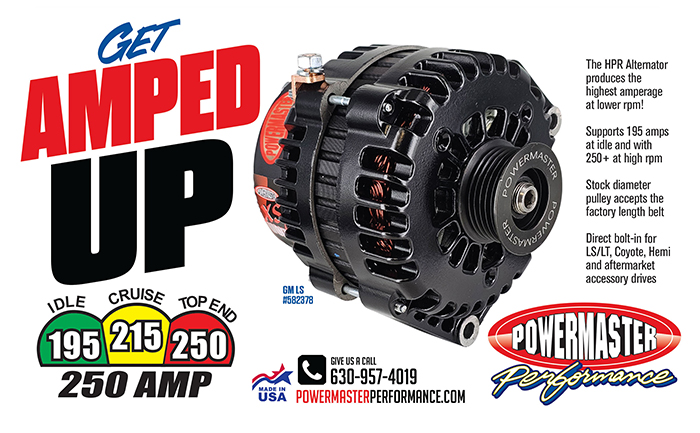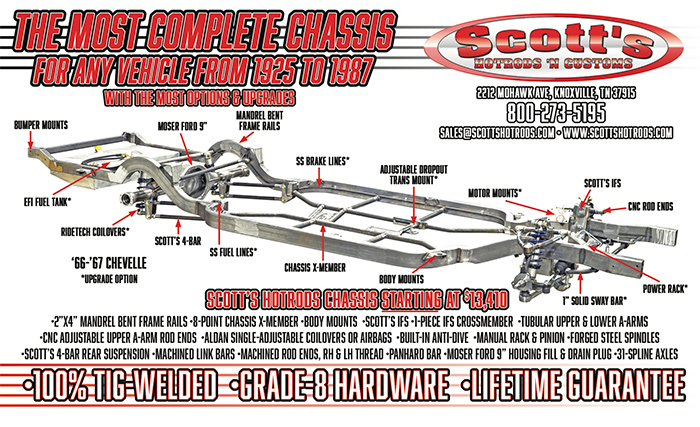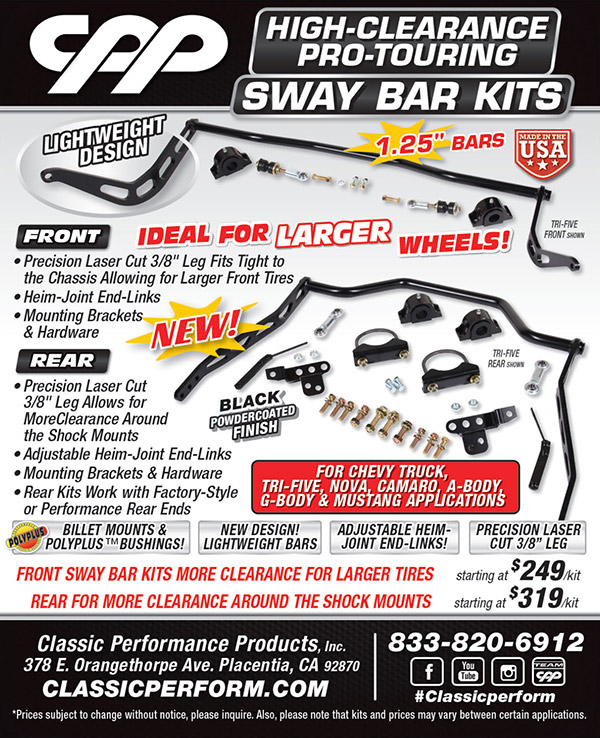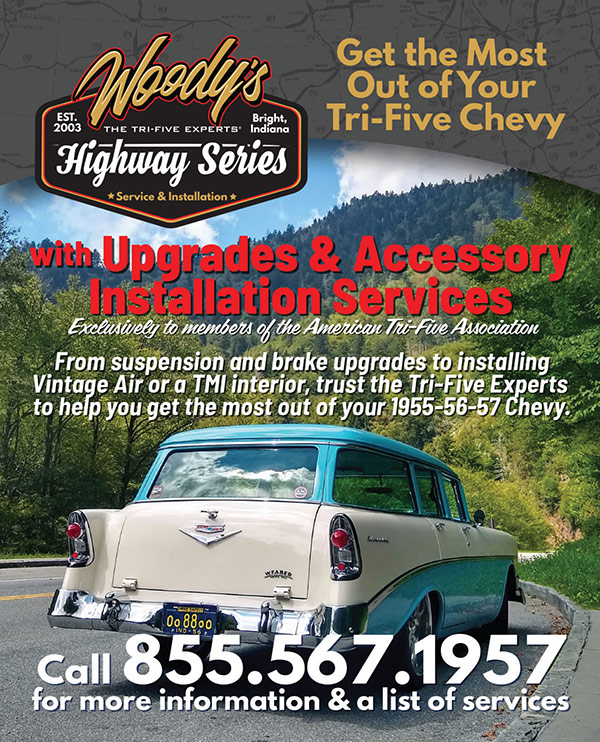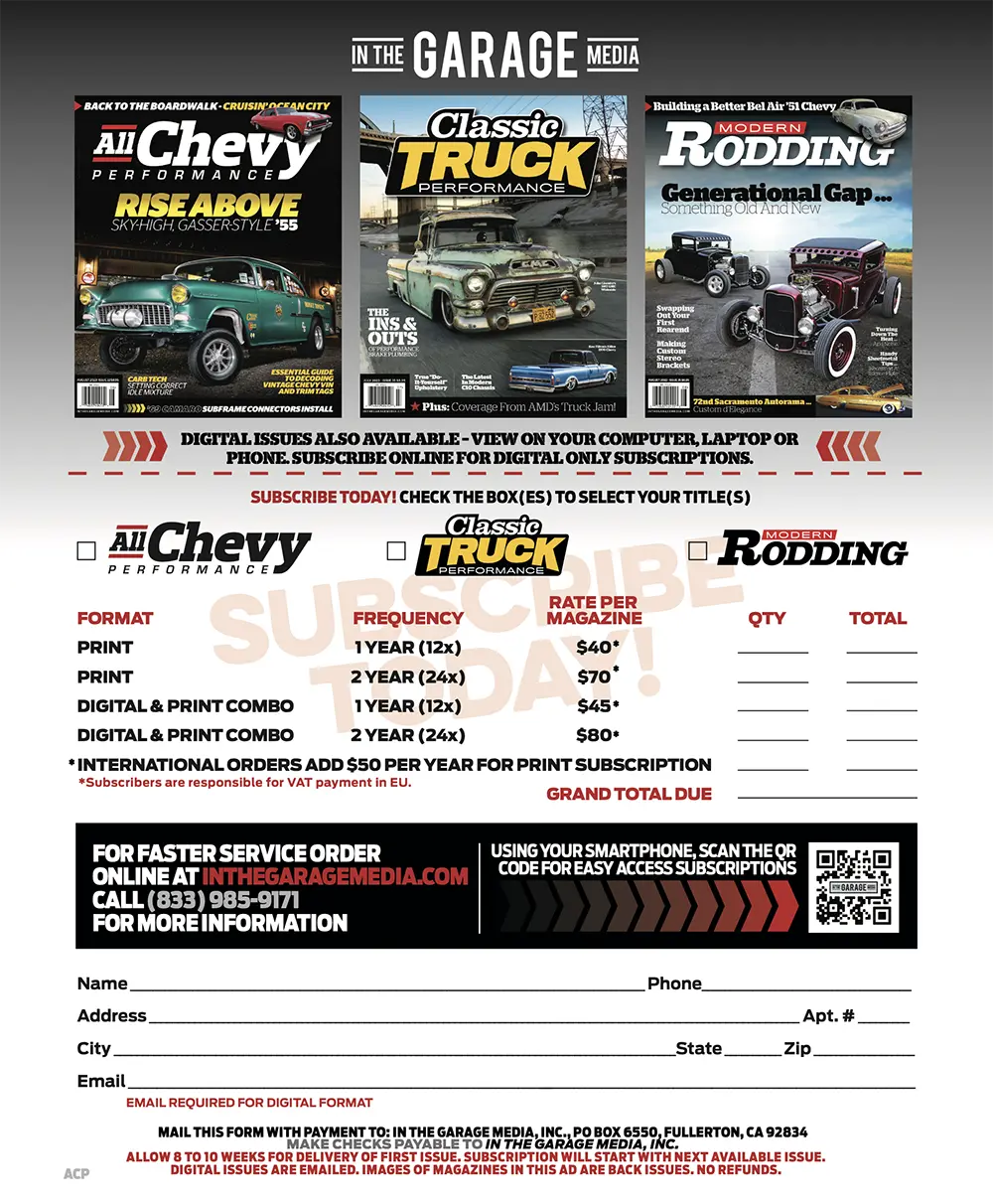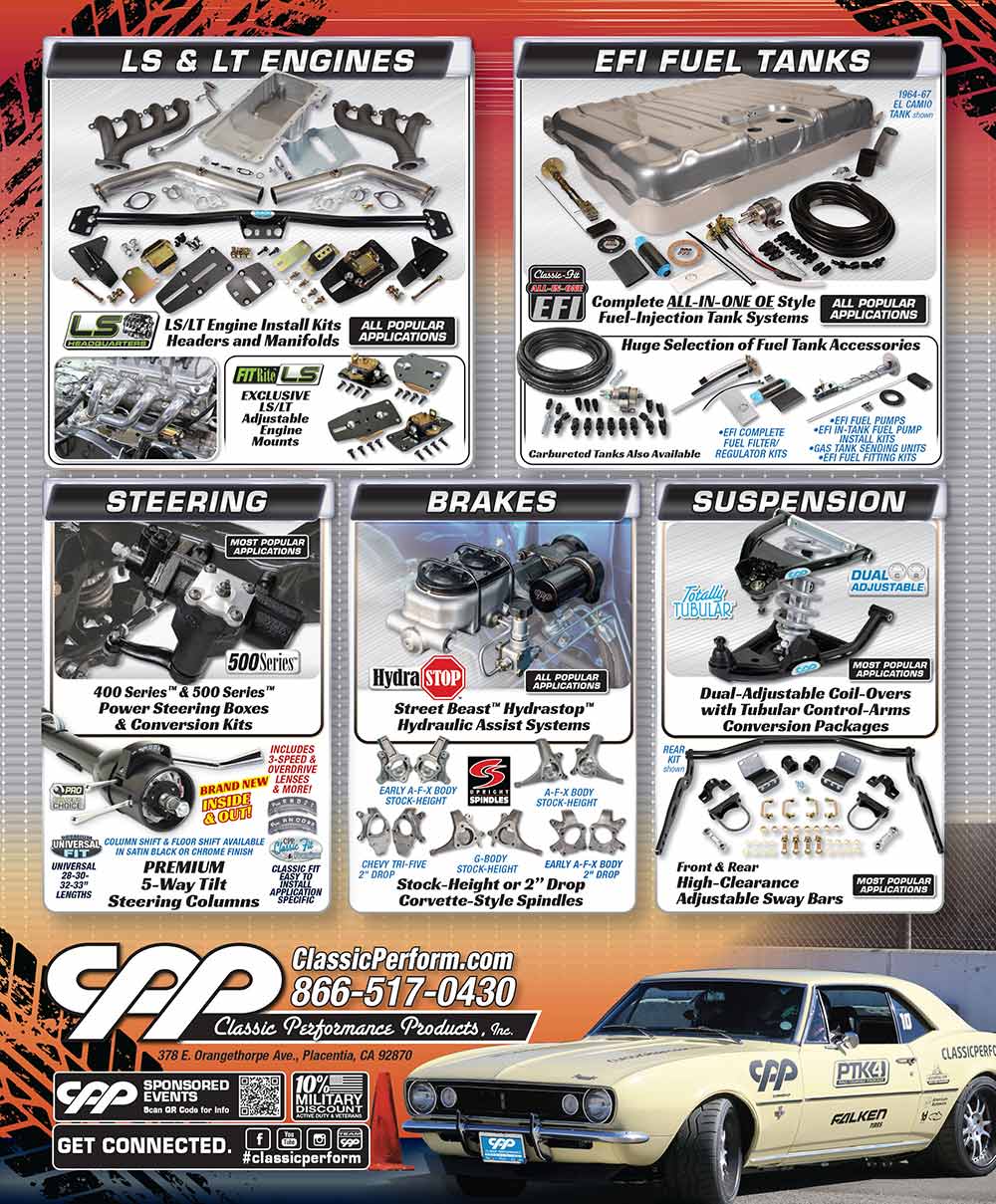
and
Ready
New/Old Twist
on Hydraulic
Clutch
Actuation
Tubular
Control
Arms for
Early
Chevelles
New/Old Twist on Hydraulic Clutch Actuation
Tubular Control Arms for Early Chevelles
 TOC
TOC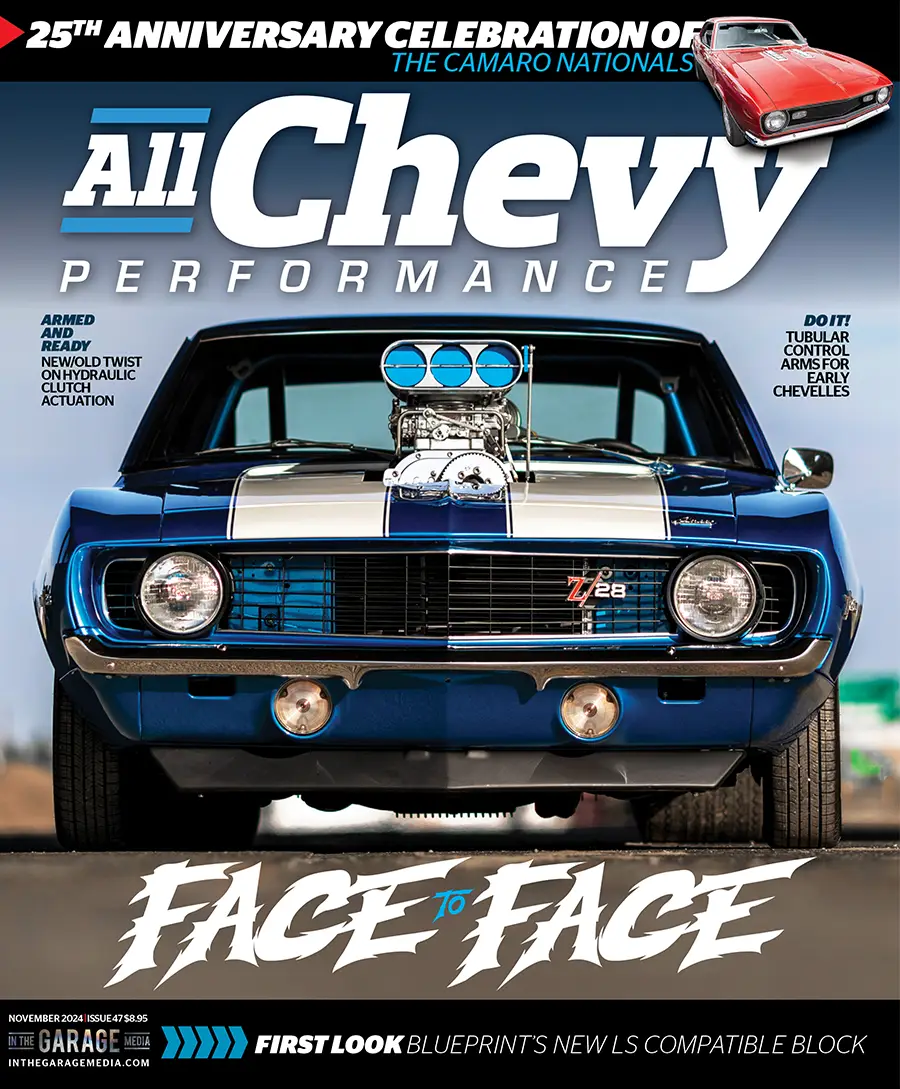
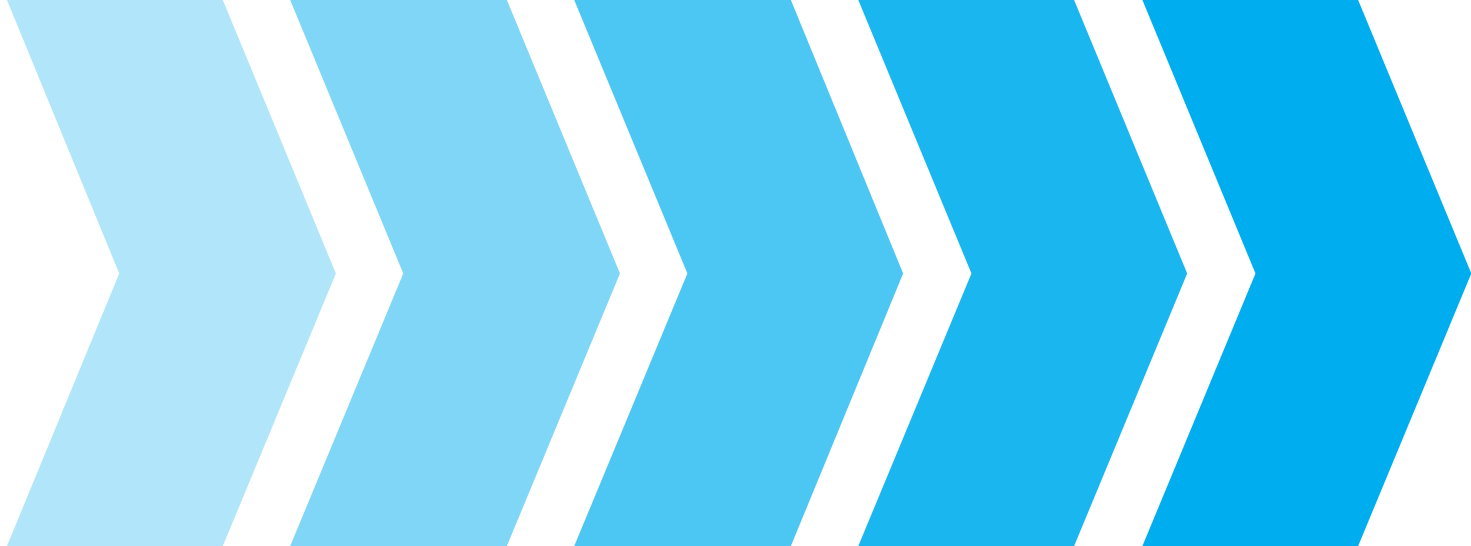
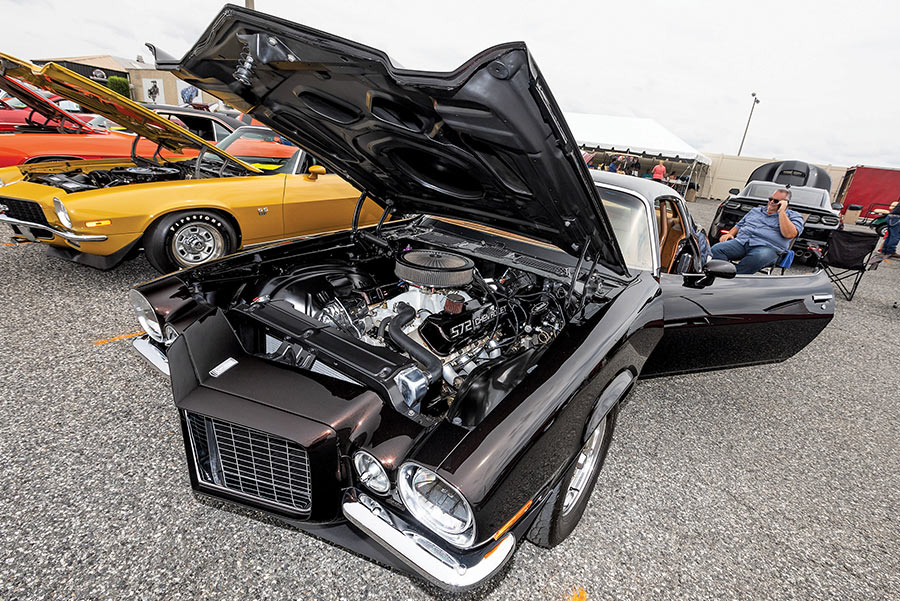
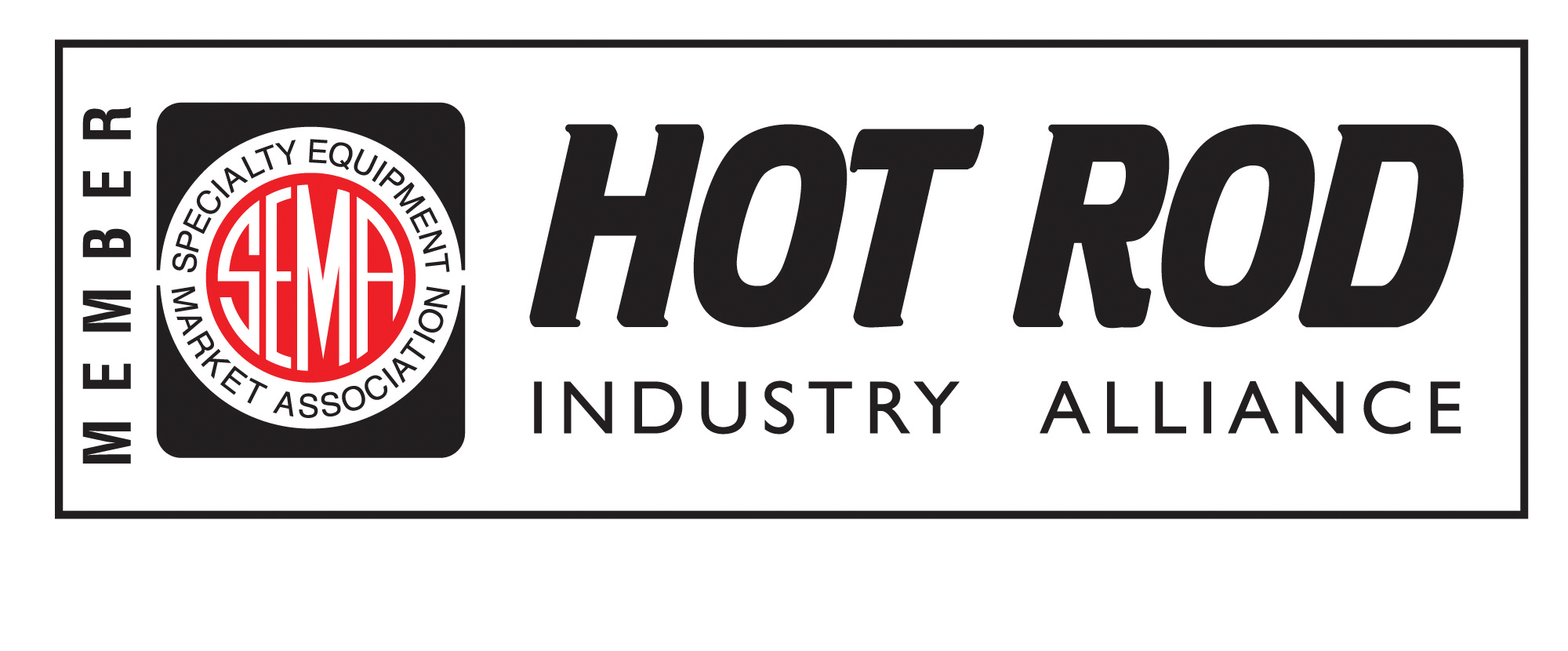

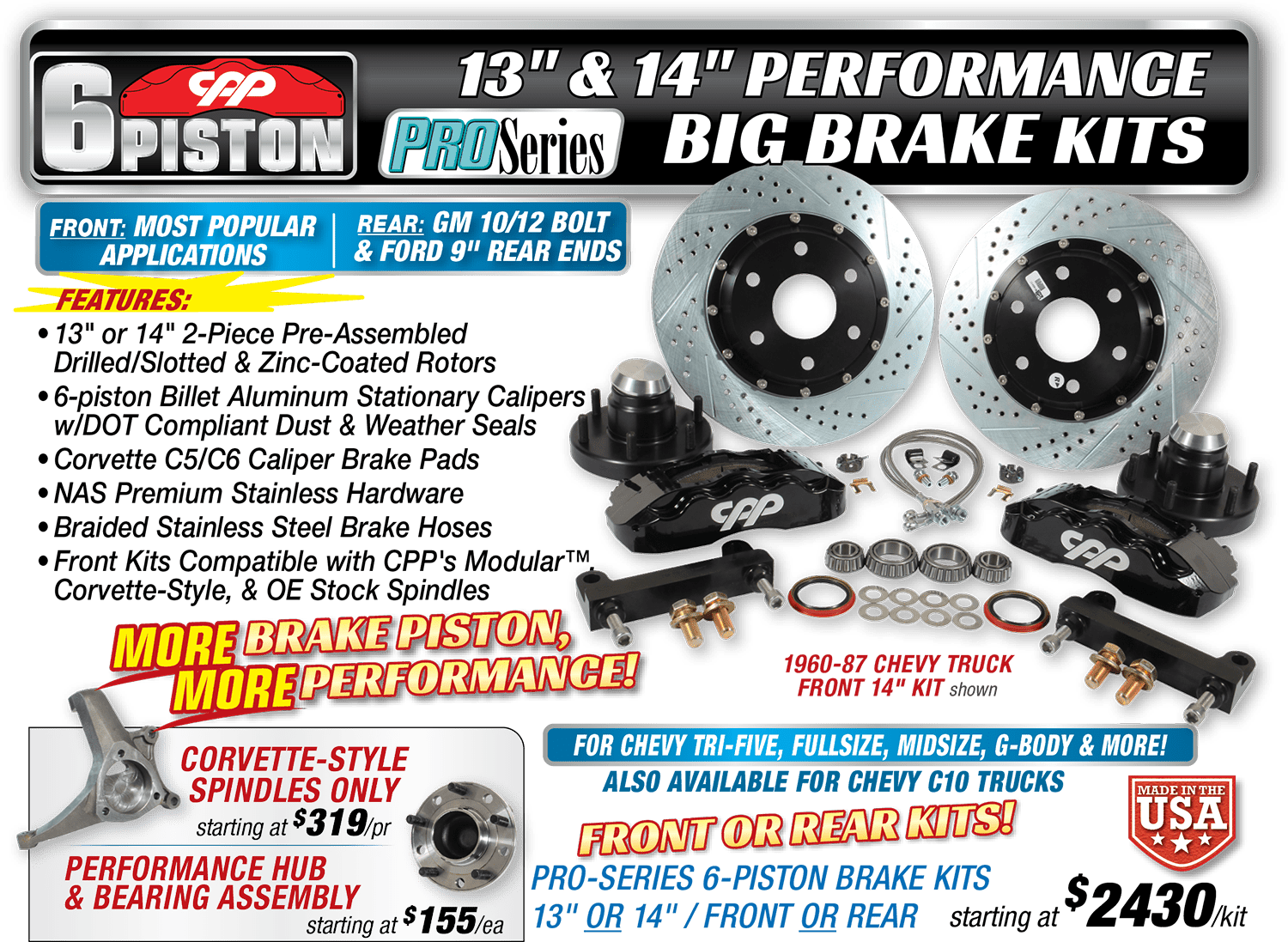
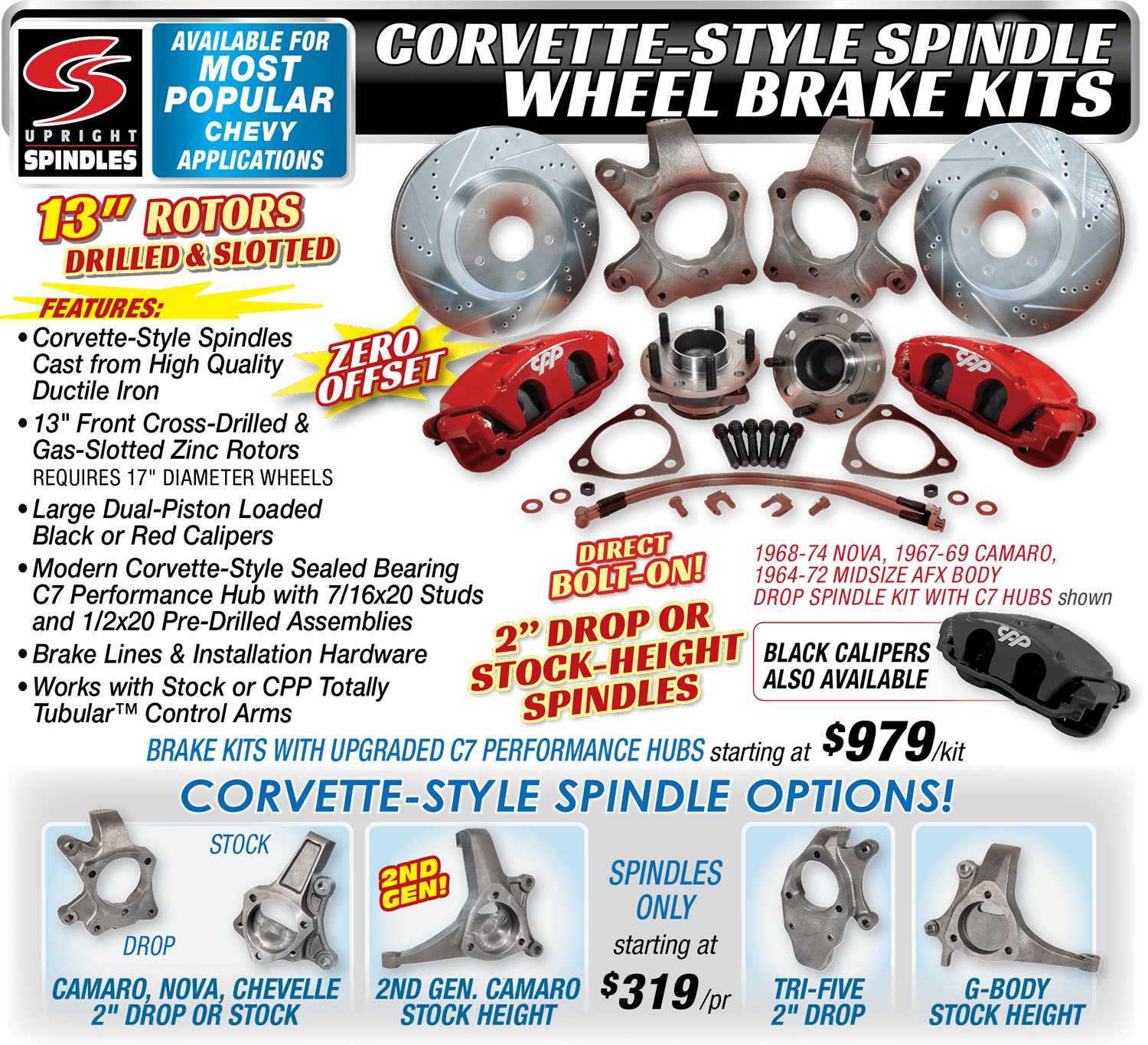
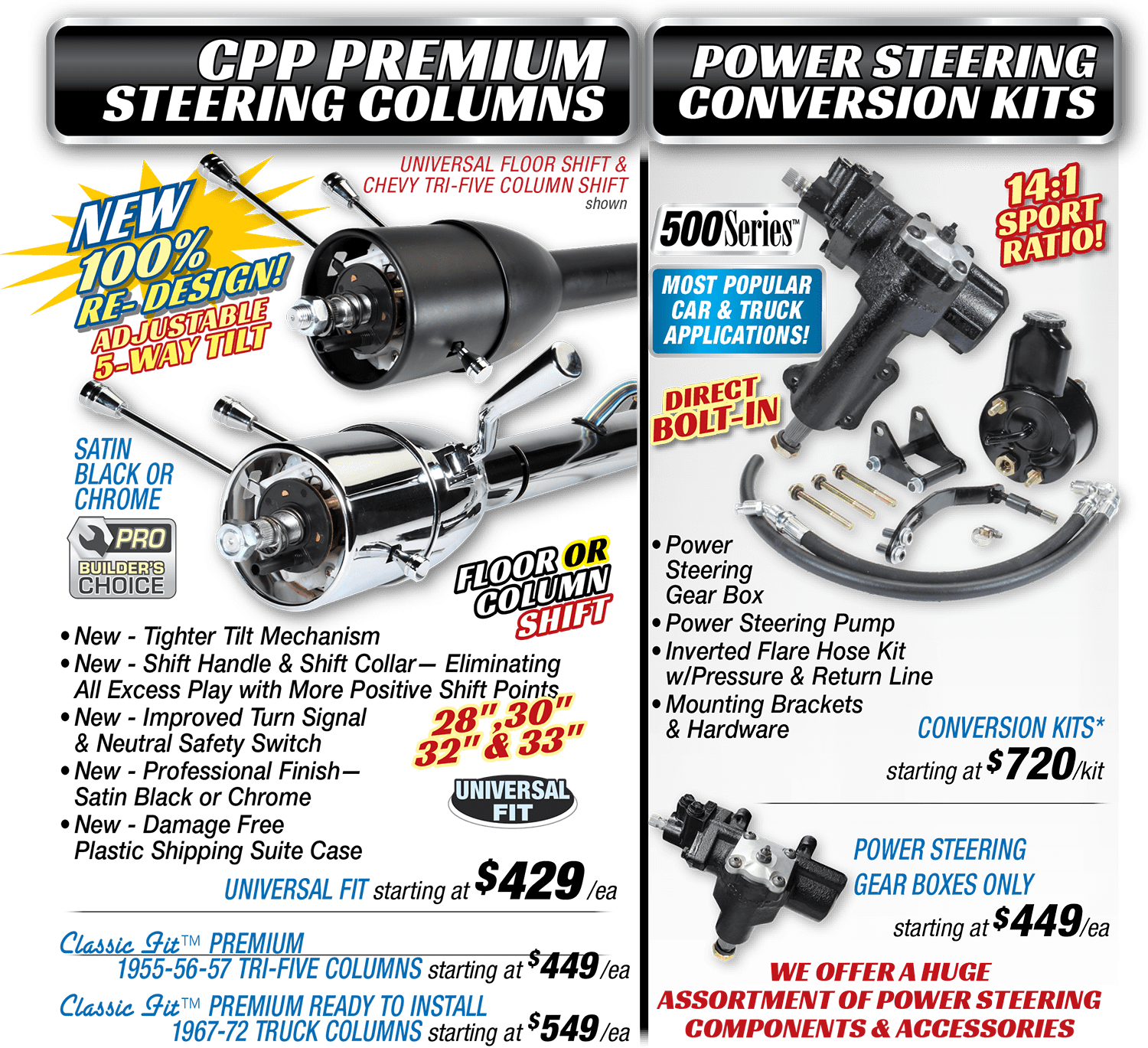
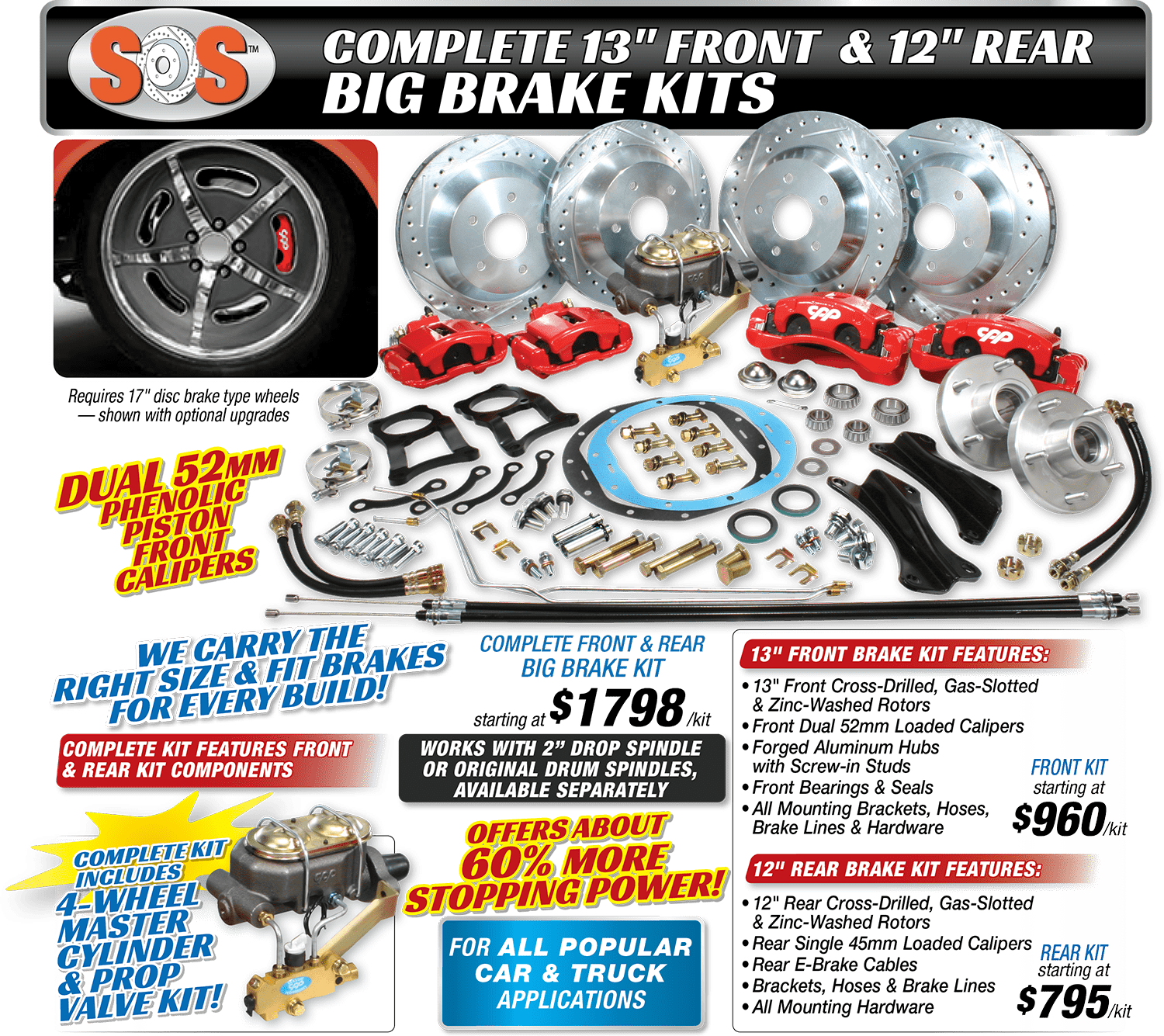
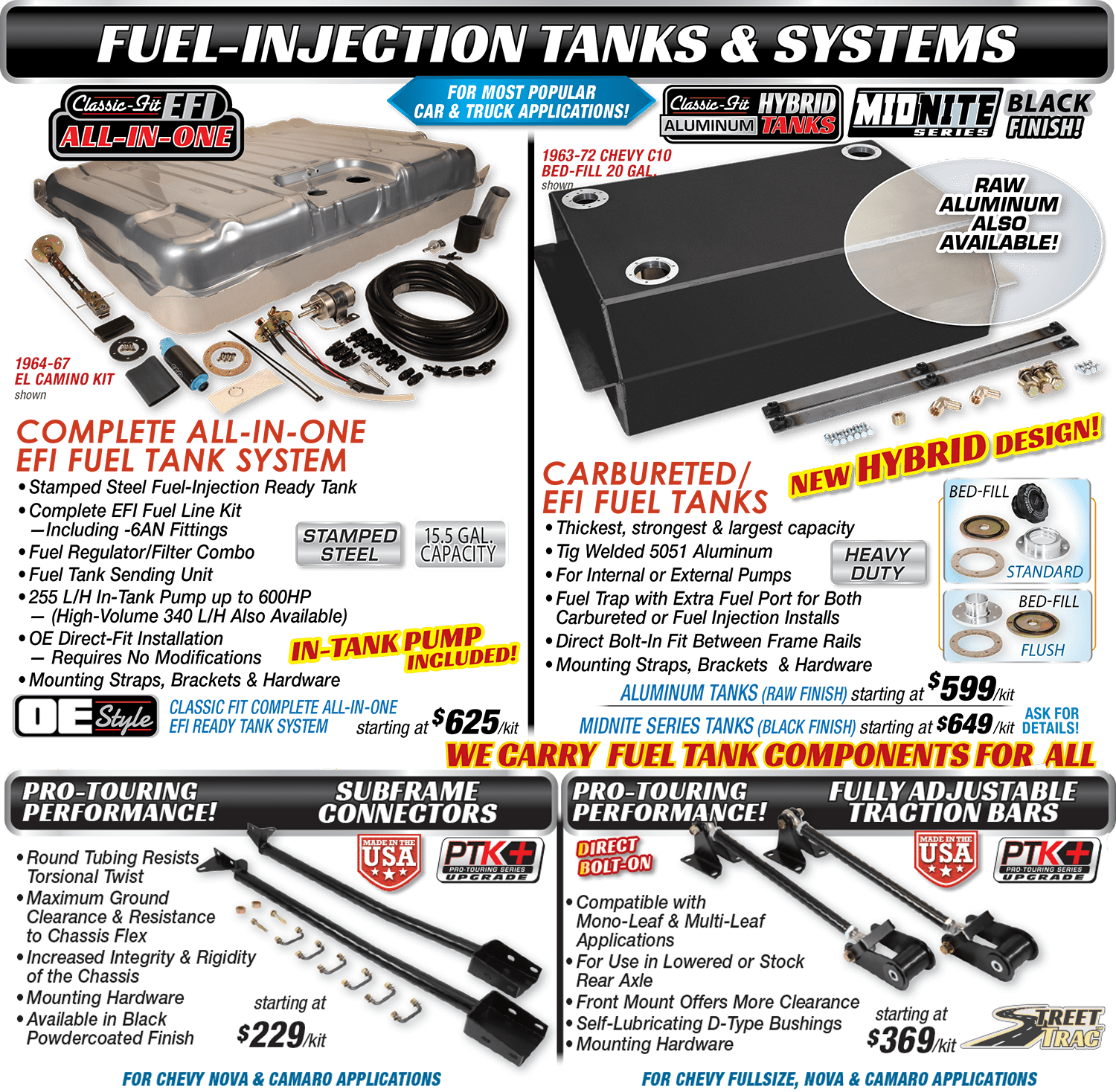

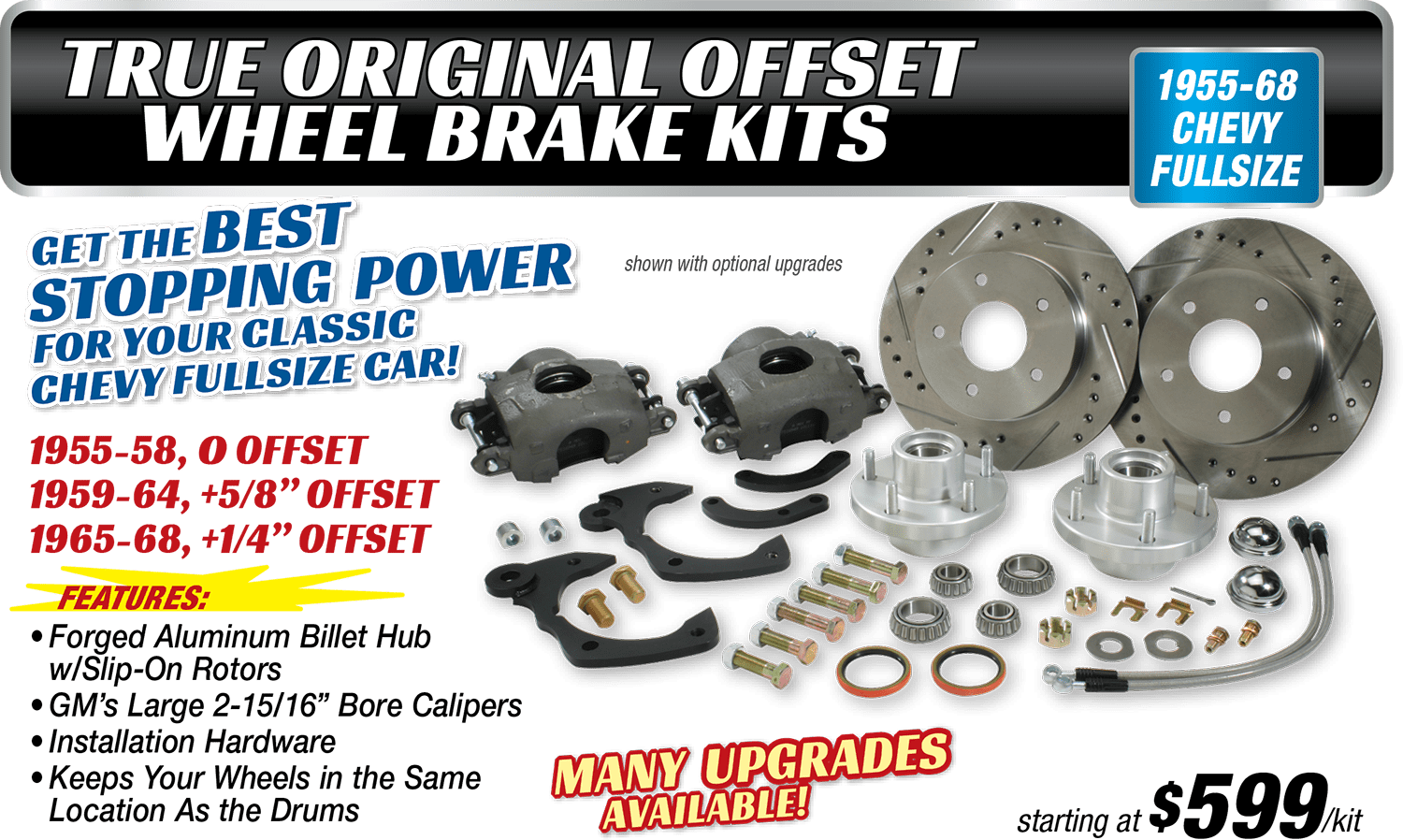
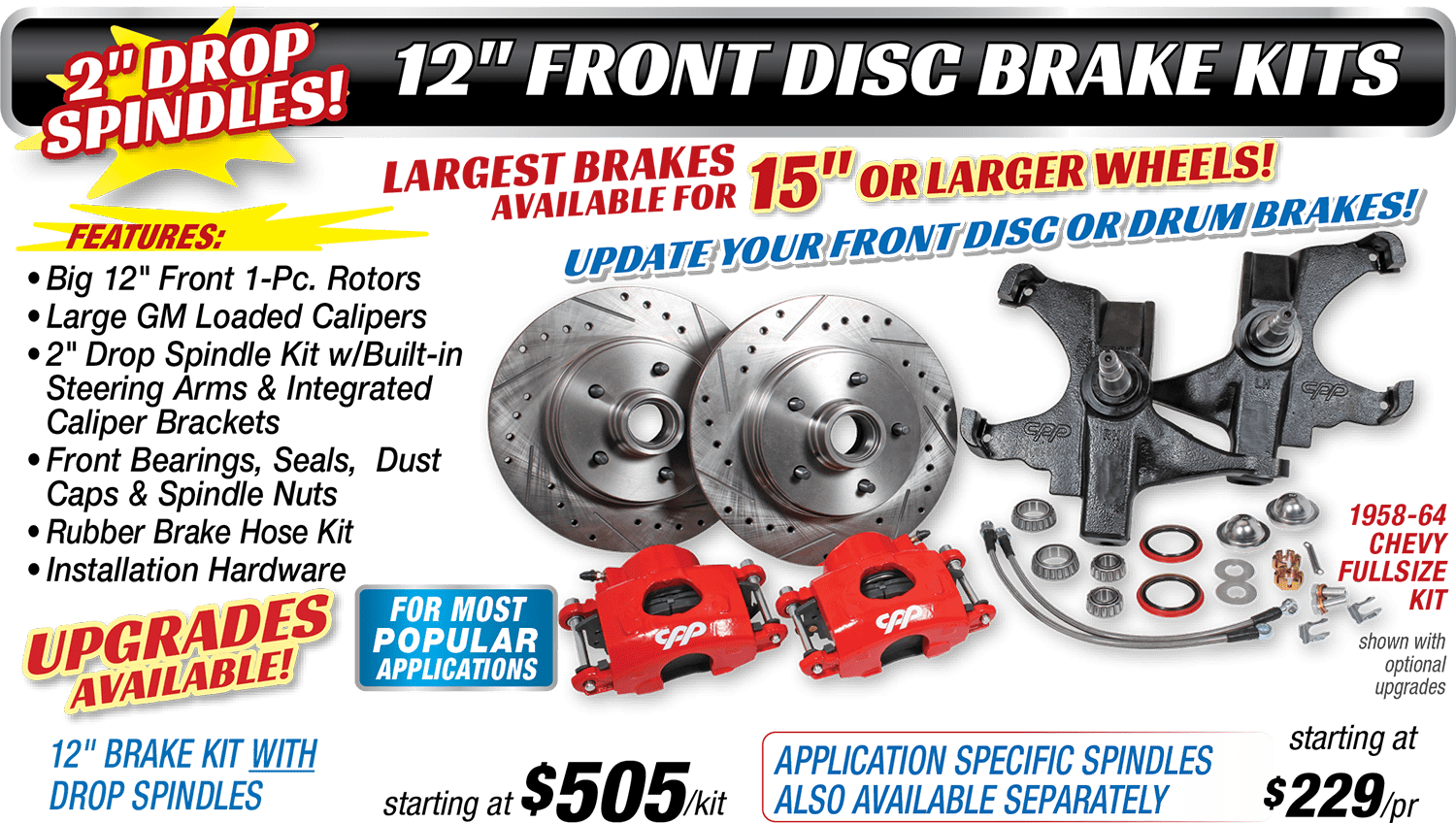
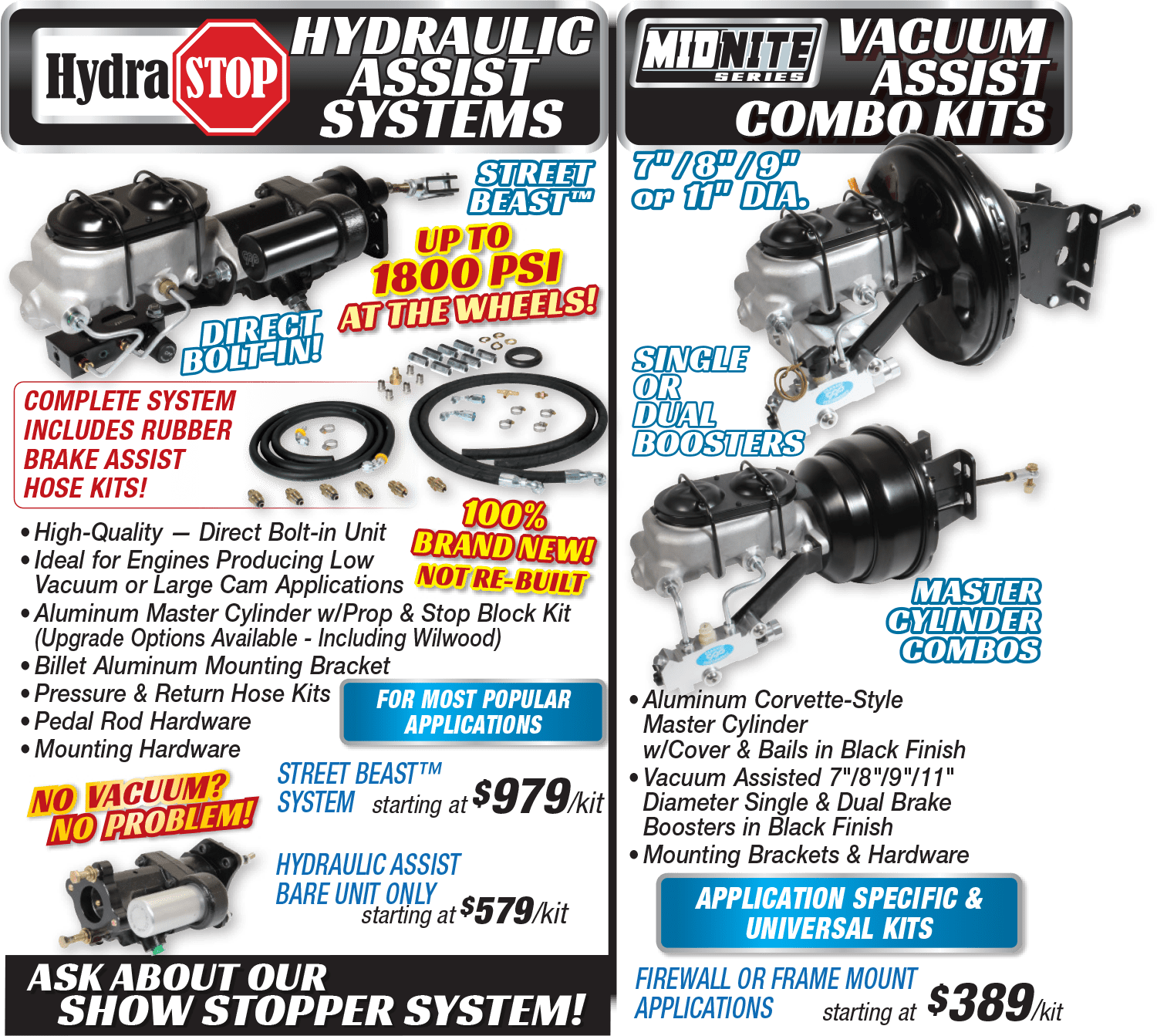
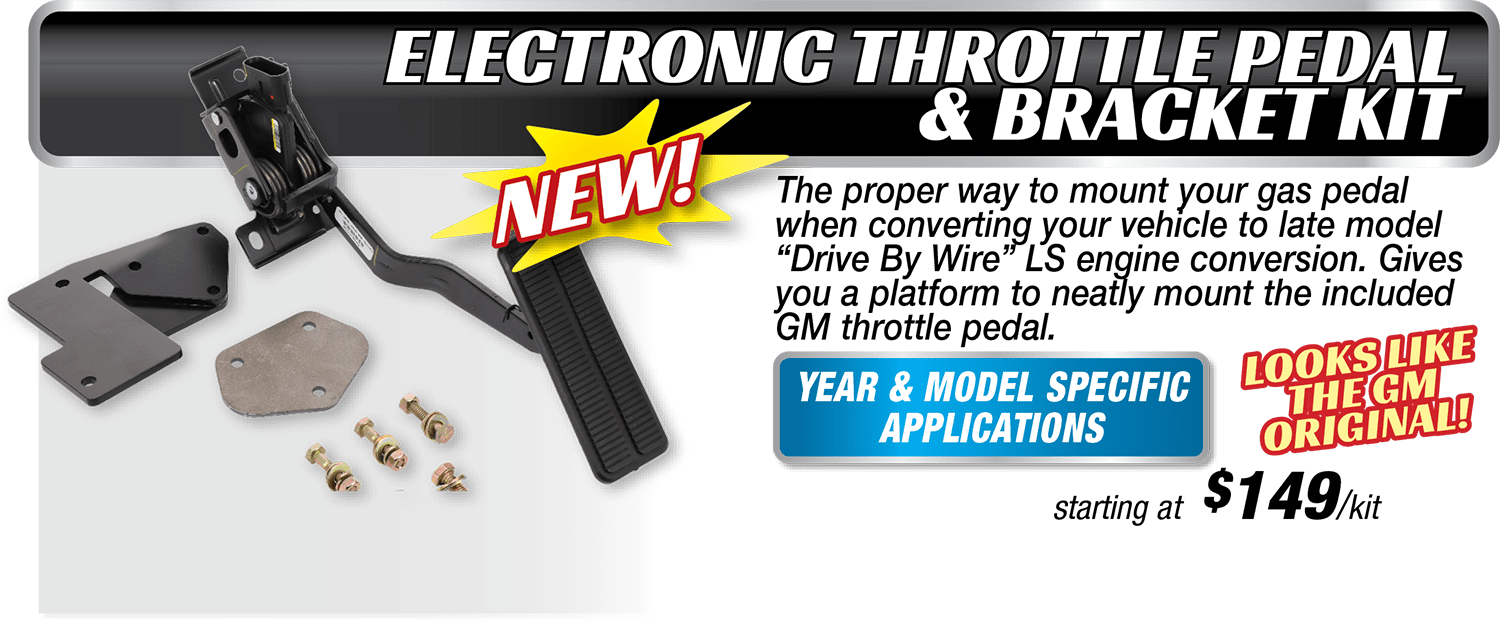
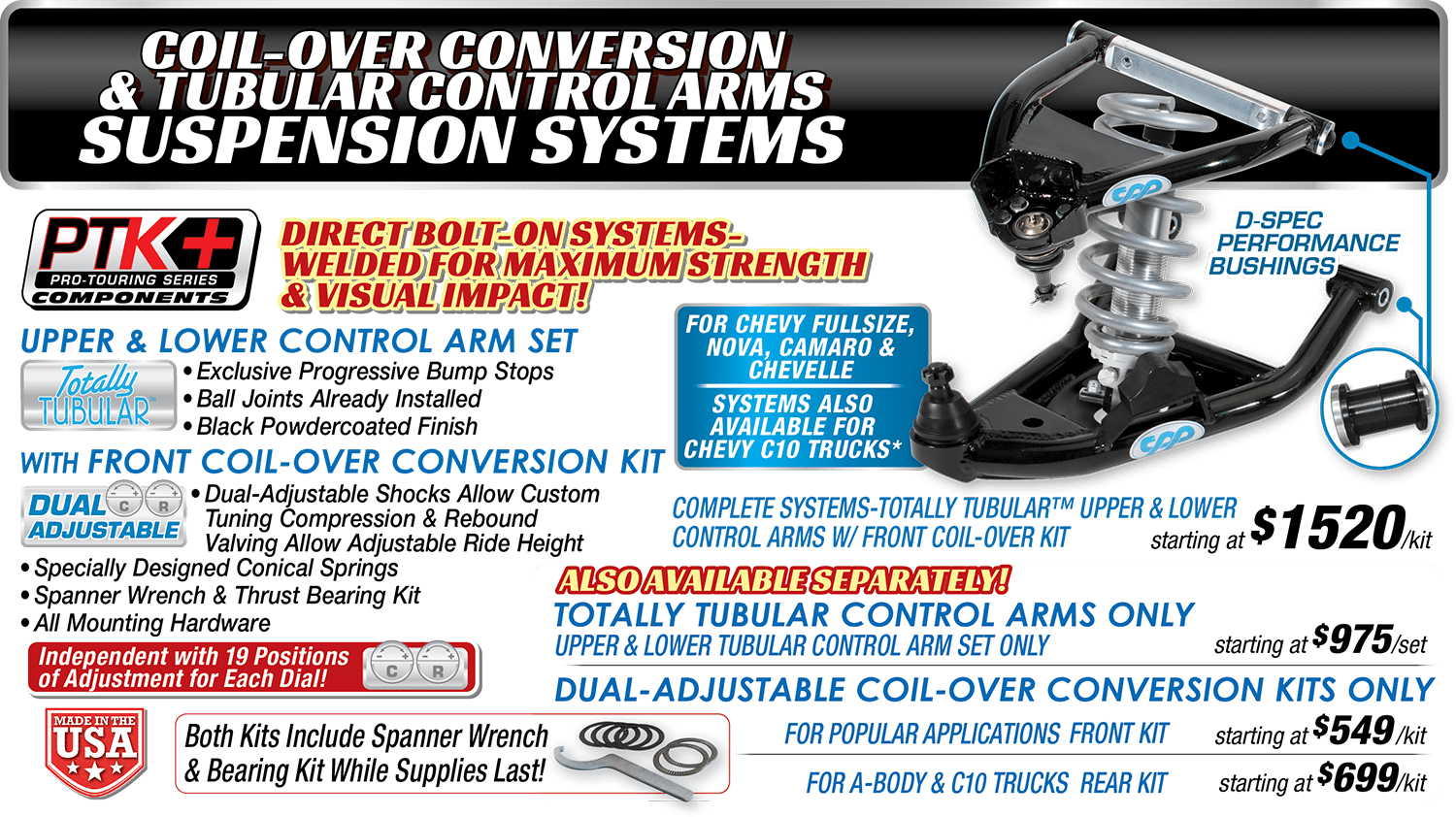
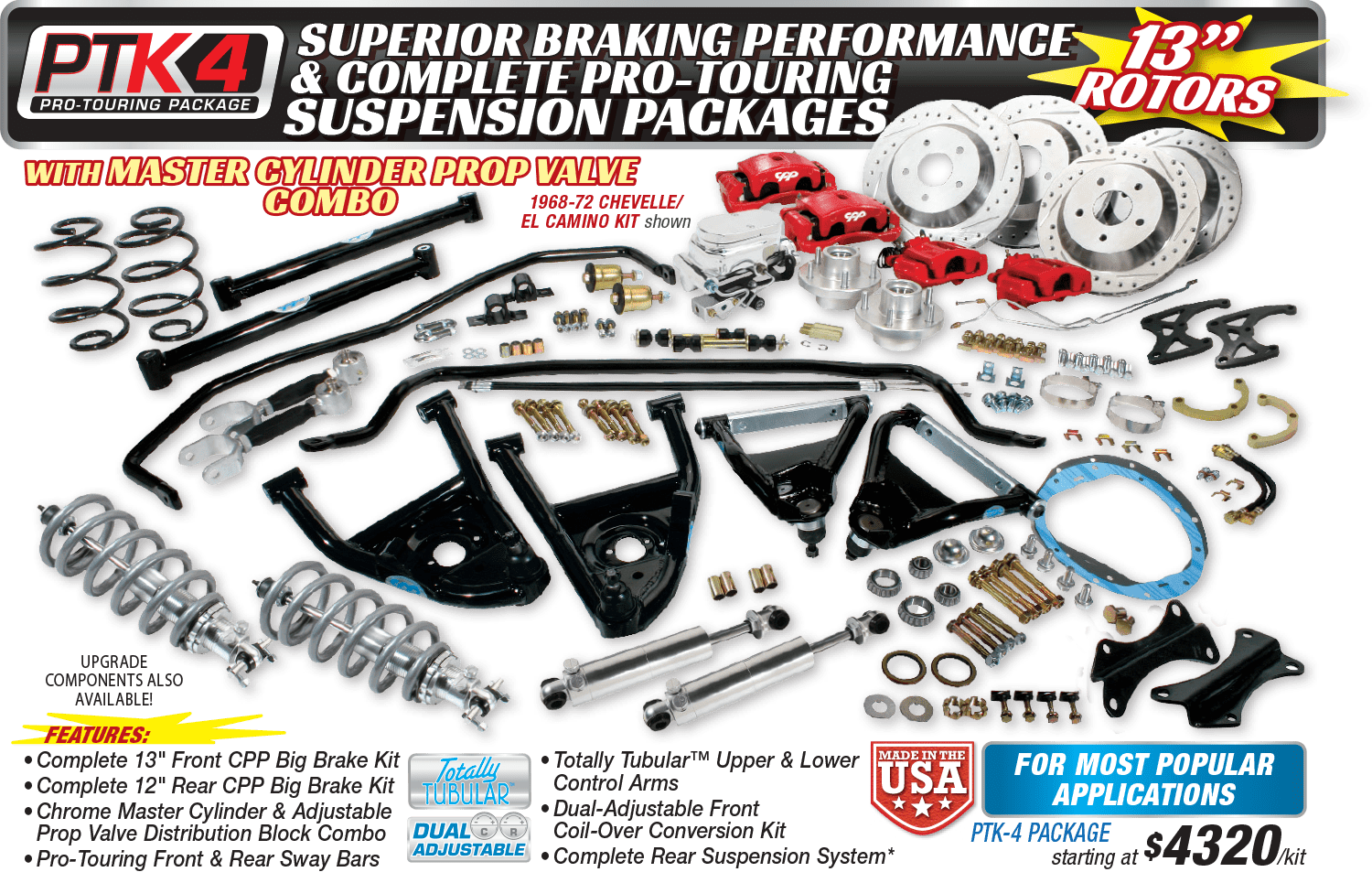
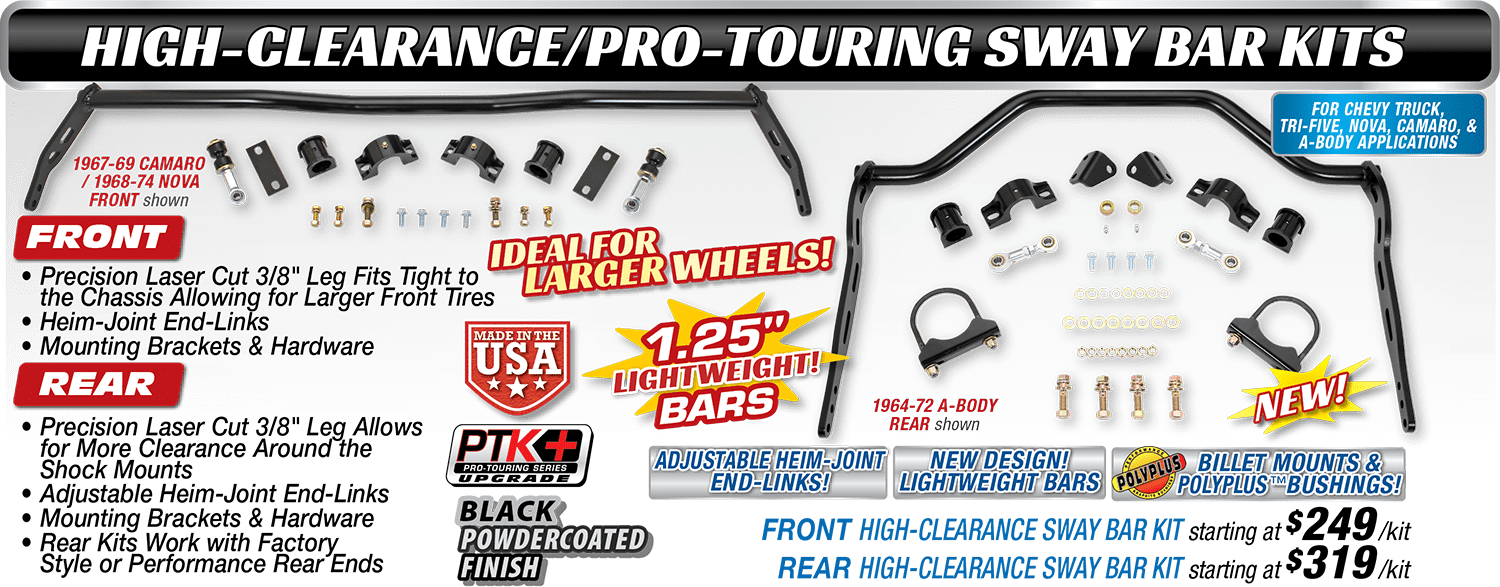

Wes Allison, “Rotten” Rodney Bauman, Shawn Brereton, Tommy Lee Byrd, Ron Ceridono, Grant Cox, John Gilbert, Tavis Highlander, Jeff Huneycutt, Barry Kluczyk, Scotty Lachenauer, Jason Lubken, John Machaqueiro, Ryan Manson, Jason Matthew, Josh Mishler, NotStock Photography, Todd Ryden, Jason Scudellari, Jeff Smith, Tim Sutton, Wes Taylor, and Chuck Vranas – Writers and Photographers
Travis Weeks Advertising Sales Manager
Mark Dewey National Sales Manager
Patrick Walsh Sales Representative
ads@inthegaragemedia.com
AllChevyPerformance.com
ClassicTruckPerformance.com
ModernRodding.com
InTheGarageMedia.com
inthegaragemedia.com “Online Store”
For bulk back issues of 10 copies or more, contact store@inthegaragemedia.com
info@inthegaragemedia.com
Editorial contributions are welcomed but editors recommend that contributors query first. Contribution inquiries should first be emailed to info@inthegaragemedia.com. Do not mail via USPS as we assume no responsibility for loss or damage thereto. IN THE GARAGE MEDIA, INC. reserves the right to use material at its discretion, and we reserve the right to edit material to meet our requirements. Upon publication, payment will be made at our current rate, and that said, payment will cover author’s and contributor’s rights of the contribution. Contributors’ act of emailing contribution shall constitute and express warranty that material is original and no infringement on the rights of others.

Copyright (c) 2024 IN THE GARAGE MEDIA, INC.
PRINTED IN U.S.A.

 firing up
firing up
 BY NICK LICATA
BY NICK LICATA

or years, actually decades, we’ve been seeing automotive-related magazine covers promoting Pro Street cars with blurbs like “Pro Street Lives” and “Pro Street’s Not Dead.” Well, if they keep trying to convince us with those types of sayings to “promote” Pro Street, doesn’t that send a message that Pro Street is, in fact, on its death bed?
So, to counter those cover blurbs, I propose we stop trying to tell everyone the status of Pro Street and just let it carry on the way it has for the past 45 or so years: existing without a real threat of ever going away. Of all the muscle car build styles, Pro Street always appears to be on the “endangered species list,” while in reality, Pro Street builds, like Gassers, are a unique build style with a look all their own and driving characteristics that can be described as challenging, and considered completely opposite of, let’s say, a Pro Touring car. But the owners of Pro Street cars are incredibly passionate about their favorite build style and are more than willing to give up fashionable driving parameters in favor of building a car with an extreme personality.
There’s no doubt that most muscle car owners choose not to compromise comfort and basic street driveability in today’s muscle car world, in part, due to the availability of aftermarket components designed to improve the ride quality of vintage cars in just about every aspect. But good luck trying to convince any hard-core Pro Street enthusiasts to give up their car’s nasty attitude for driveability. It just ain’t gonna happen.
 PARTS BIN
PARTS BIN
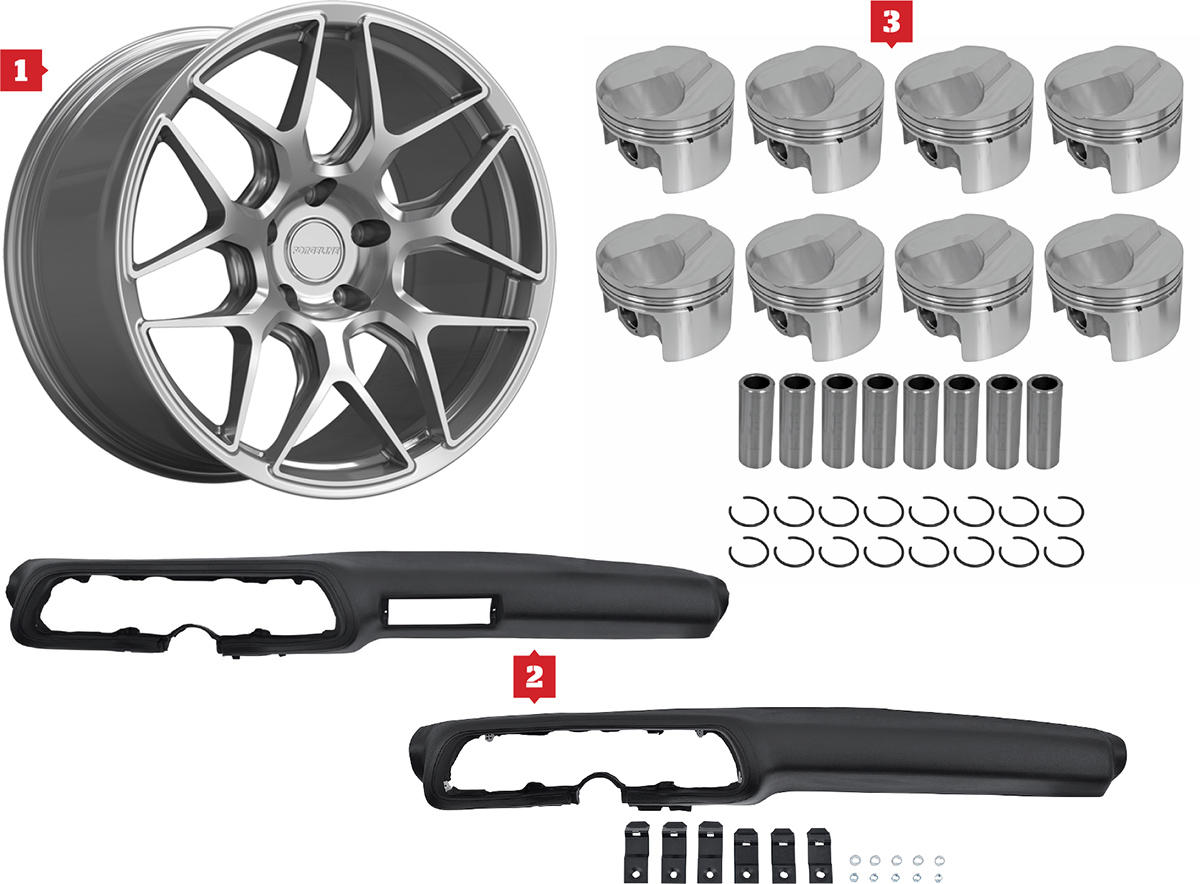

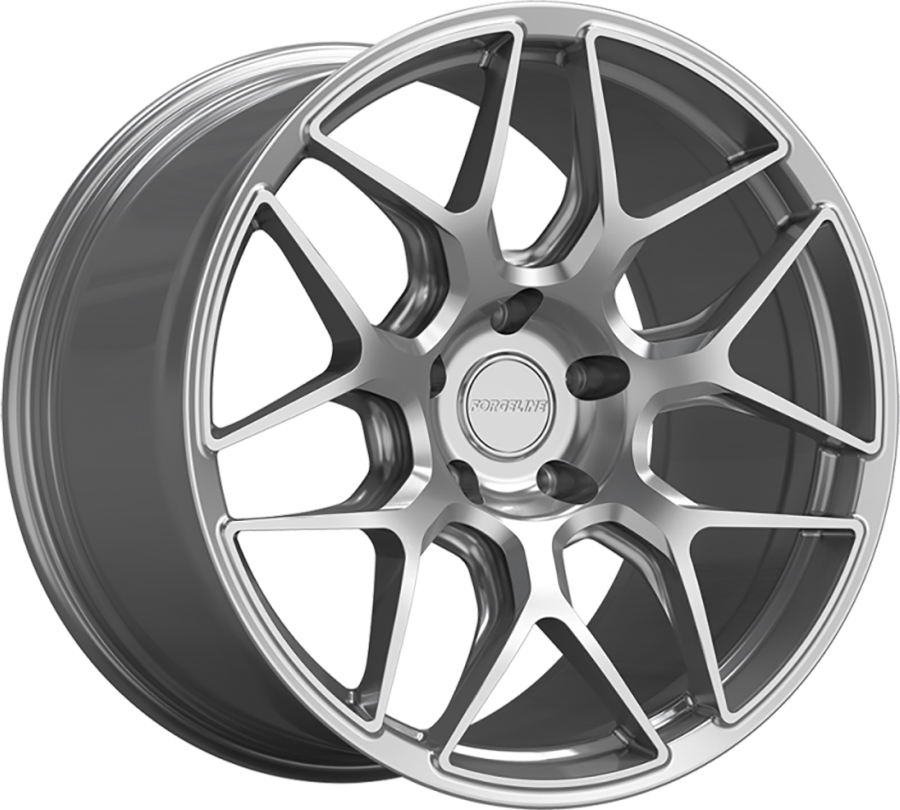
 CHEVY CONCEPTS
CHEVY CONCEPTSInTheGarageMedia.com

 Text & Rendering by Tavis Highlander
Text & Rendering by Tavis Highlander
his highly detailed build keeps the exterior mods to a minimum, which makes the brutal powerhouse and custom engine bay sheetmetal a real surprise. From the outside you’ll see a great stance, tucked bumpers, and 20-inch Schott Tomahawk wheels. Even the period-correct paint color choices add a friendliness to the overall look.
Once you open the hood the whole story changes. A Nelson Racing Engines twin-turbo 427 is surrounded by custom-shaped sheetmetal. That powerplant makes 1,225 hp on pump gas and feeds it all through a 4L85E. Supporting the crazy power is an Art Morrison GT Sport chassis with Strange coilovers, a 9-inch with Tru-Trac, and 3.70 gears.
 FEATURE
FEATURE
 Images by Patrick Lauder
Images by Patrick Lauderram Aramyan is a farmer from Fresno, California, but he’s not the typical farmer you might envision wearing wire-rimmed glasses and jean overalls with a three-pronged hay fork in hand. Actually, Aram is a 30-year-old citrus grower whose family immigrated from Yerevan, Armenia, back in 2002 when he was just 7 years old.
“After we planted roots in Fresno, I immediately became obsessed with American classic cars,” Aram explains. “As an immigrant, making friends at school was difficult due to the language barrier, so with my newfound love of American muscle cars my parents bought my brother and I Hot Wheel diecast cars to pass the time. I had a fairly big collection but the car I played with most was a LeMans Blue 1969 Camaro.”
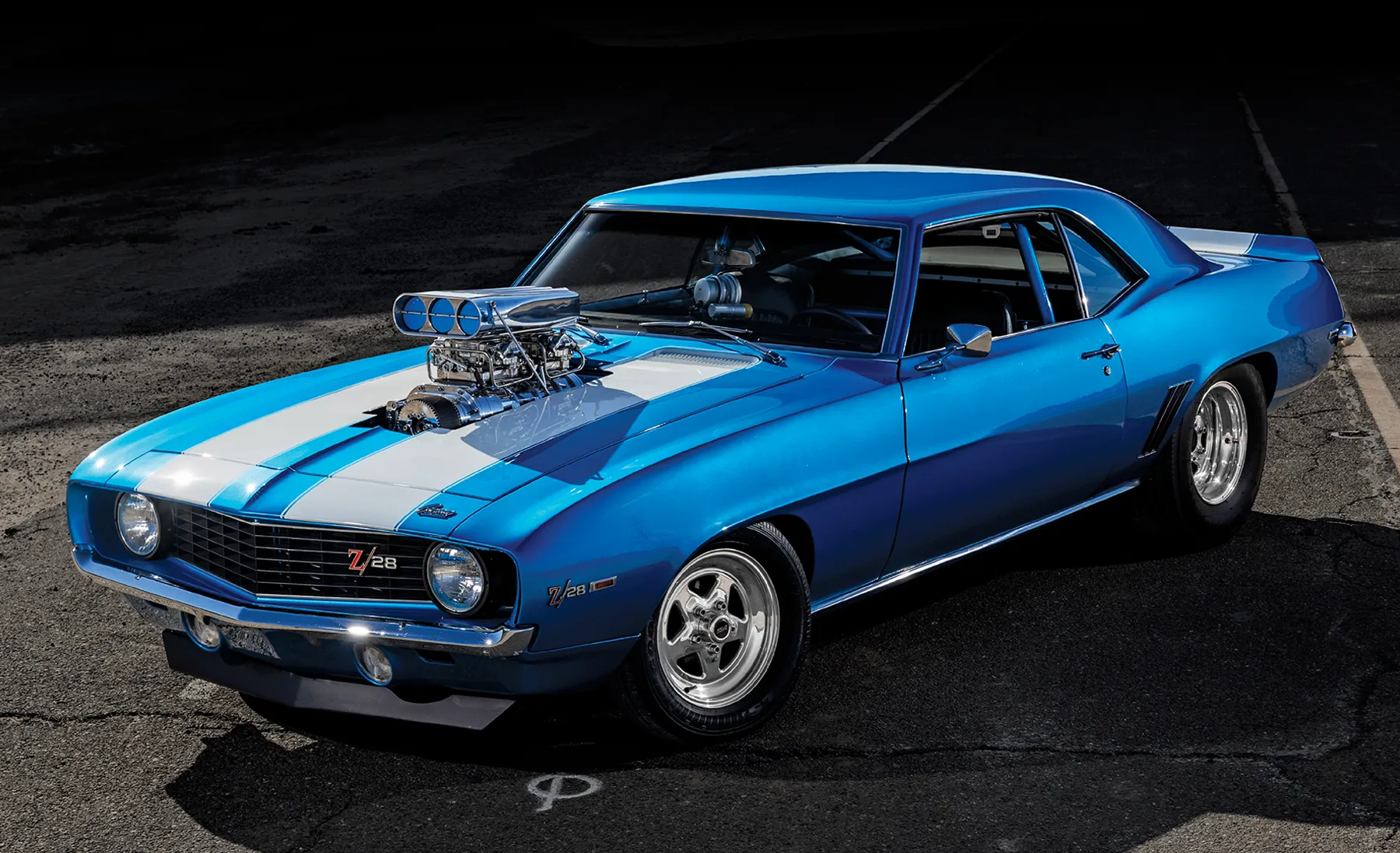
 TECH
TECH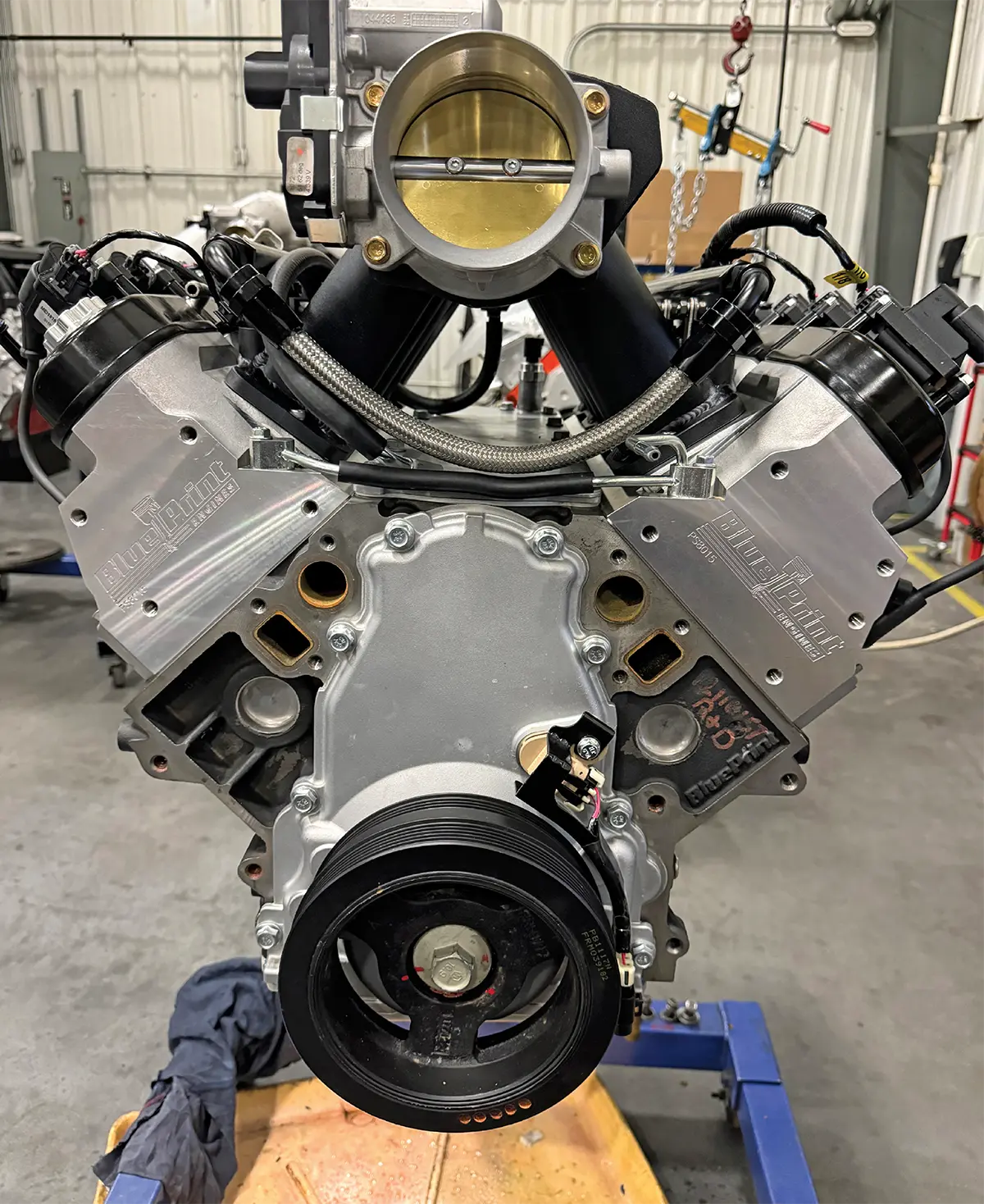

 Images Courtesy of the Manufacturer
Images Courtesy of the ManufacturerluePrint Engines sits in a unique spot in the performance automotive world. The organization builds thousands of engines every year, which makes them a major manufacturer. But they aren’t churning out run-of-the-mill stock replacement engines built to a minimum viable price point and little regard for performance.
But neither is BluePrint a typical custom engine shop where parts don’t get ordered until you put down cash and where waiting time to get your engine can be months or even more than a year. It’s true. We’ve heard the horror stories of working with some shops.
Based out of Kearney, Nebraska, BluePrint Engines has set up an entire ecosystem that allows it to build high-performance crate engines on a massive scale that is unmatched in the industry. Unlike an engine remanufacturer, every part is brand new and sourced to spec. And unlike a low-volume pure custom shop, you can order up a high-performance engine that’s been dyno-tested and have it delivered to your door in just a few days. Plus, because of the volumes they work with, the value for what you get is at the top of the charts as well.
 FEATURE
FEATURE
 Images by NotStock Photography
Images by NotStock Photographyhe fact is that not many people can say they still have the car they drove in high school, and even less can claim they bodyworked and painted that car in their high school Vocational Education class and then drove it to their high school graduation. Well, Joe Van Nus, owner of this 1971 Nova, and co-owner of Dutchboys Hotrods in Vicksburg, Michigan, is able to make all of those claims.
“I’ve owned this car since 1983, which was my junior year of high school. Originally, the car was from Alabama and I bought it in PawPaw, Michigan. My dad and I went to purchase the car right after a snowstorm, so we had to dig it out of the owner’s driveway to get it on our trailer and haul it home, but it was totally worth it,” Joe laughingly tells. “The car ran, but it had a bad transmission at the time, so I swapped out the trans and drove the car throughout my high school years.”
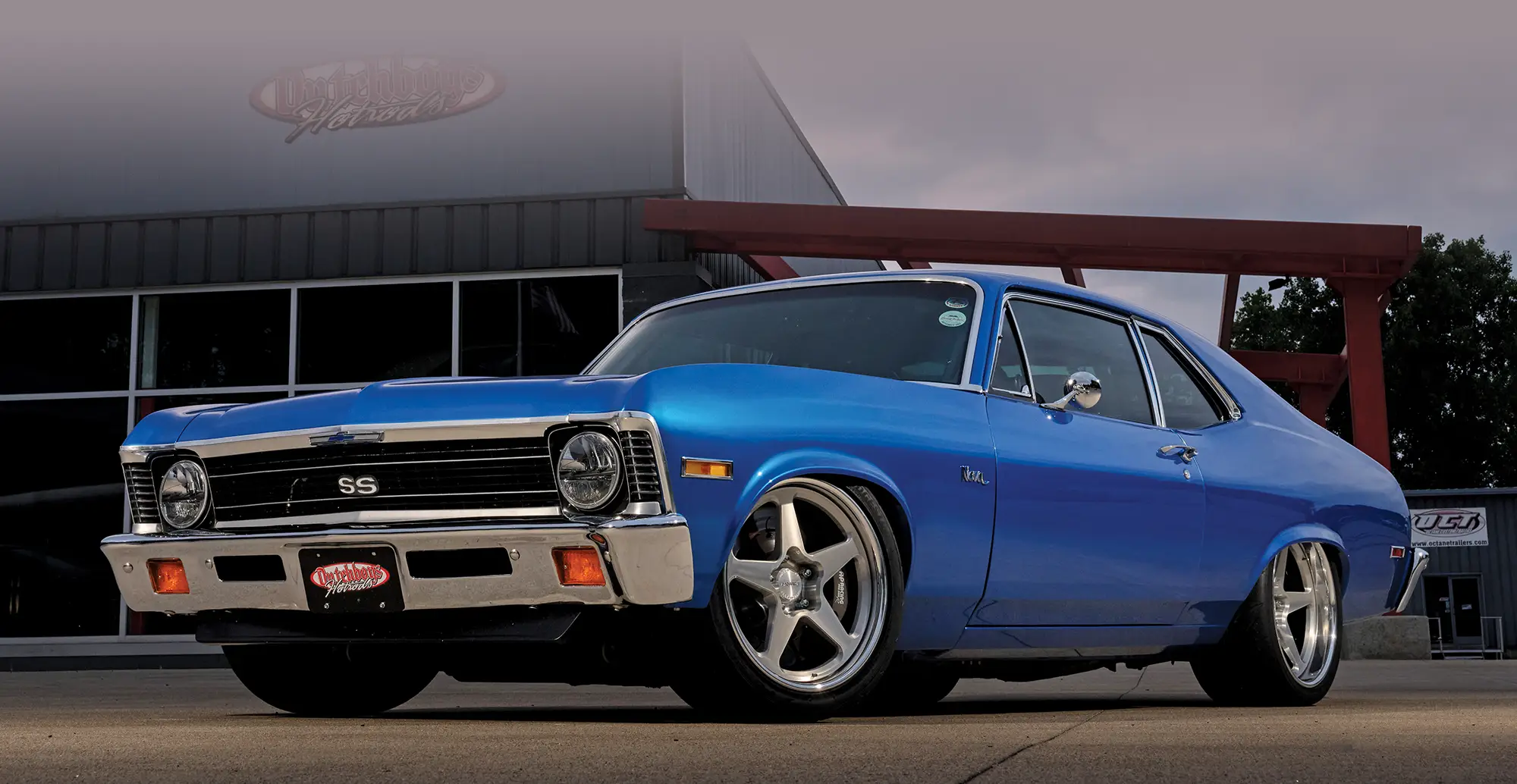
 TECH
TECH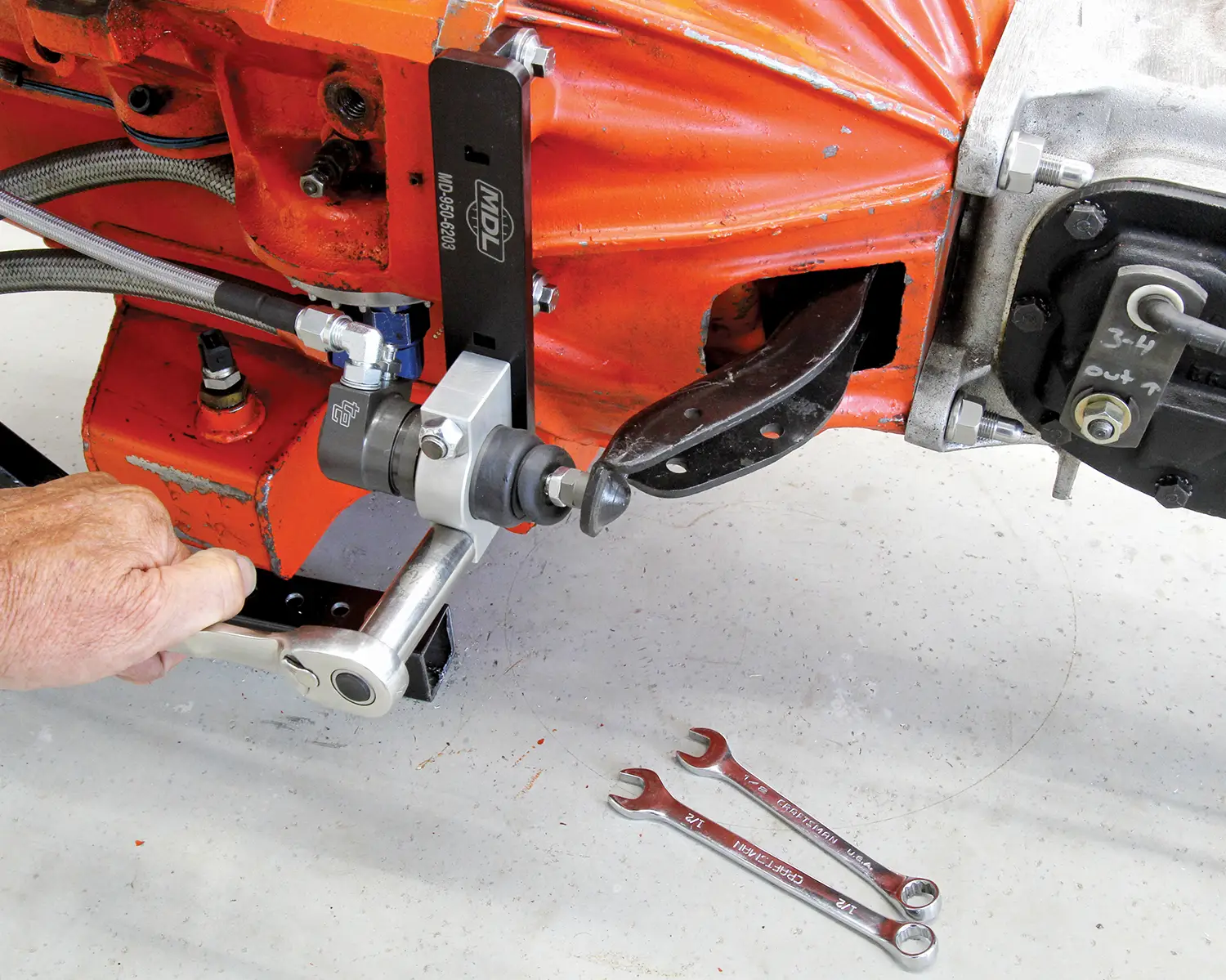
 Images by the Author and Courtesy of Modern Driveline
Images by the Author and Courtesy of Modern Drivelinef we look at the trends of modern muscle car development, it’s easy to see there are many good reasons for adapting late-model production car ideas to older machines. Among them is hydraulic clutch actuation. The OEs initiated this back in the 1980s to eliminate the cumbersome mechanical Z-bar linkages and cables, choosing instead to use hydraulic pressure to do the job of releasing the clutch.
The contemporary approach is to use a hydraulic clutch release bearing with a hydraulic line from a separate clutch master cylinder bolted to the firewall. This system works extremely well. The aftermarket hydraulic clutch release embraced this idea with several companies offering complete kits.
Recently, Modern Driveline (MDL) introduced a new/old twist to this approach. One of the earliest OE hydraulic tactics was to retain the original mechanical release arm and bearing but actuate the arm using an externally mounted slave cylinder. As an example, C4 Corvettes, third-gen Camaros, and late 1980s and early 1990s GM pickups all used a similar master and external slave cylinder configuration.
 FEATURE
FEATURE
 Images by Luke Munnell
Images by Luke Munnellhere’s not much left to be said about the brilliant design of the 1969 Camaro that hasn’t already been touched on. To some the car remains perfect in stock form but first-gen Camaro owners continue to collaborate with car builders devising fresh ideas to give these legendary muscle cars a personality that fits the owner’s needs in looks and performance. Take this gorgeous Pro Touring–flavored ’69 owned by Ty Montoya, for example. Ty’s relationship with the car started over 20 years ago when he was living in Texas and bought the car from a young man who needed cash for a down payment on a home. That enabled Ty some bargaining juice to get the ride for a great price. The car was rust-free and the paint was in good shape, so he and his buddy Randy Garrett set their sights on some engine upgrades.
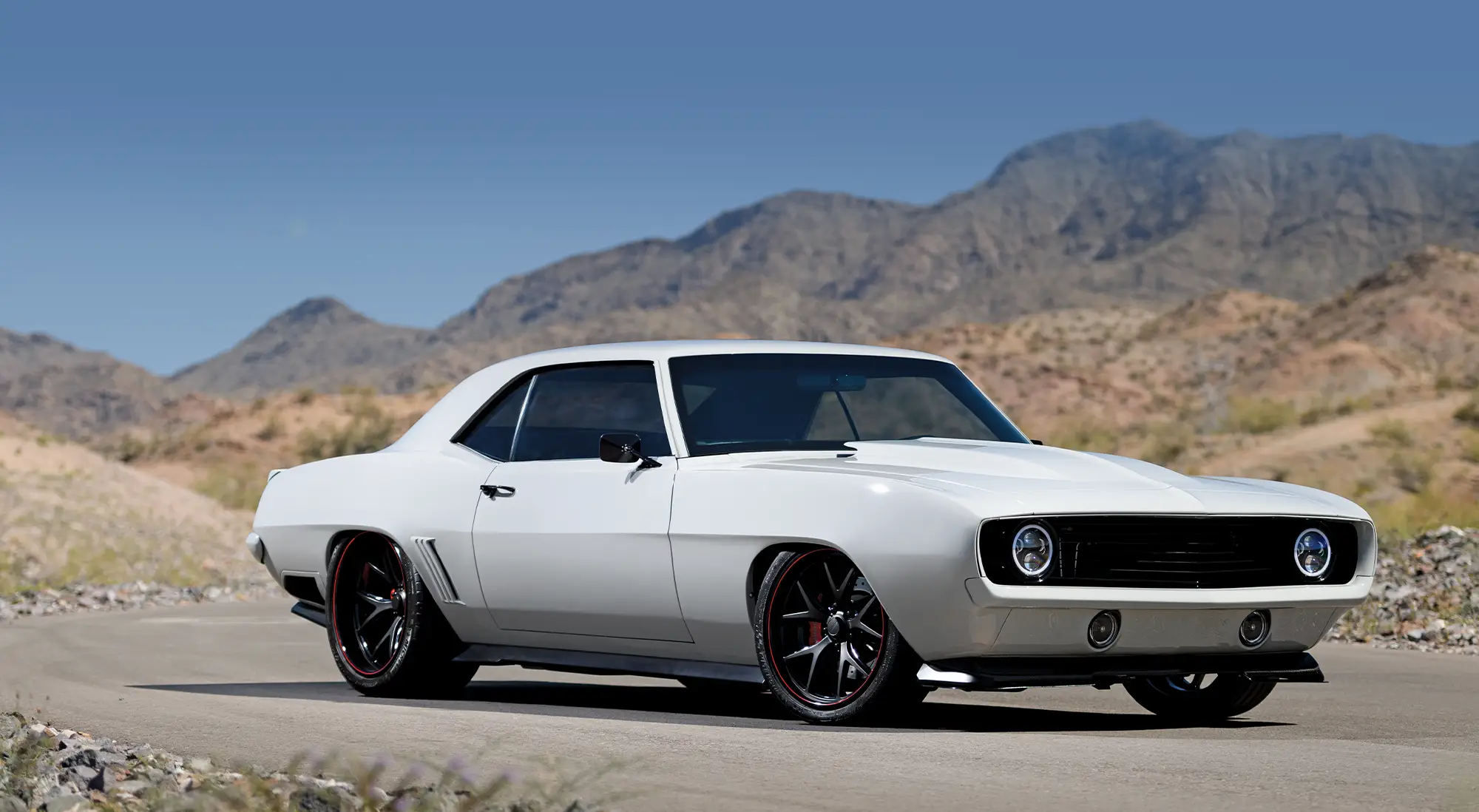
 TECH
TECH
 Images by THE AUTHOR
Images by THE AUTHORf you’re building a classic Chevy with a lean toward any type of contemporary features, be them based on performance or comfort, chances are one of the things on the upgrade list are the gauges. Most cars from the 1950s and 1960s lacked a full array of gauges, limiting information to speed, engine temp, and fuel level. Low oil pressure or volts was usually displayed via a simple dummy light that may or may not have worked. And engine temp was usually displayed in such a manner that one had to know where the “normal” setting on the gauge was to even know when an overheating scenario was actually taking place, given simply a “Hot” and “Cold” setting at either side of a sweeping needle. It’s no wonder adding a couple extra gauges under the dash rail and a cup-mounted tach on the steering column became so popular.
But with time, technology has caught up to the needs of hot rodders in the form of more accurate gauge clusters that abound with additional information to boot. And that describes nearly all of Dakota Digital’s gauge offerings, but never more so than their RTX line of Retrotech Analog/Digital Instrument Systems. With a nod to the original factory cluster’s aesthetic, Dakota Digital has snuck in a myriad of additional information, all programmable by the end user. Their effort to incorporate OEM design elements as the layout is concerned results in an unobtrusive gauge design that, when powered down, is easily mistaken for stock. But once the ignition switch is hit, the LED-backlit cluster comes alive, providing an array of additional information.
 FEATURE
FEATURE
 Images by THE AUTHOR
Images by THE AUTHORike Todd’s aptly named 1955 Chevy features a true hot rod tale and is a first-rate, slow-cooked result of everything you’d expect from a car bestowed with the moniker “Patience.” “My Uncle Johnny bought this car back in 1978. When I was a kid, my family and I would visit him in Florida, and I couldn’t wait to get in the car and go for a ride with him,” Mike fondly remembers.
Johnny made it clear that one day the Chevy would be passed onto its biggest admirer, which of course was young Mike. “He started telling me this when I was a grade schooler. As I got older, my uncle continued to tell me that in time the car would be coming to me. I wasn’t sure if he was serious, but that’s what he always told me.”
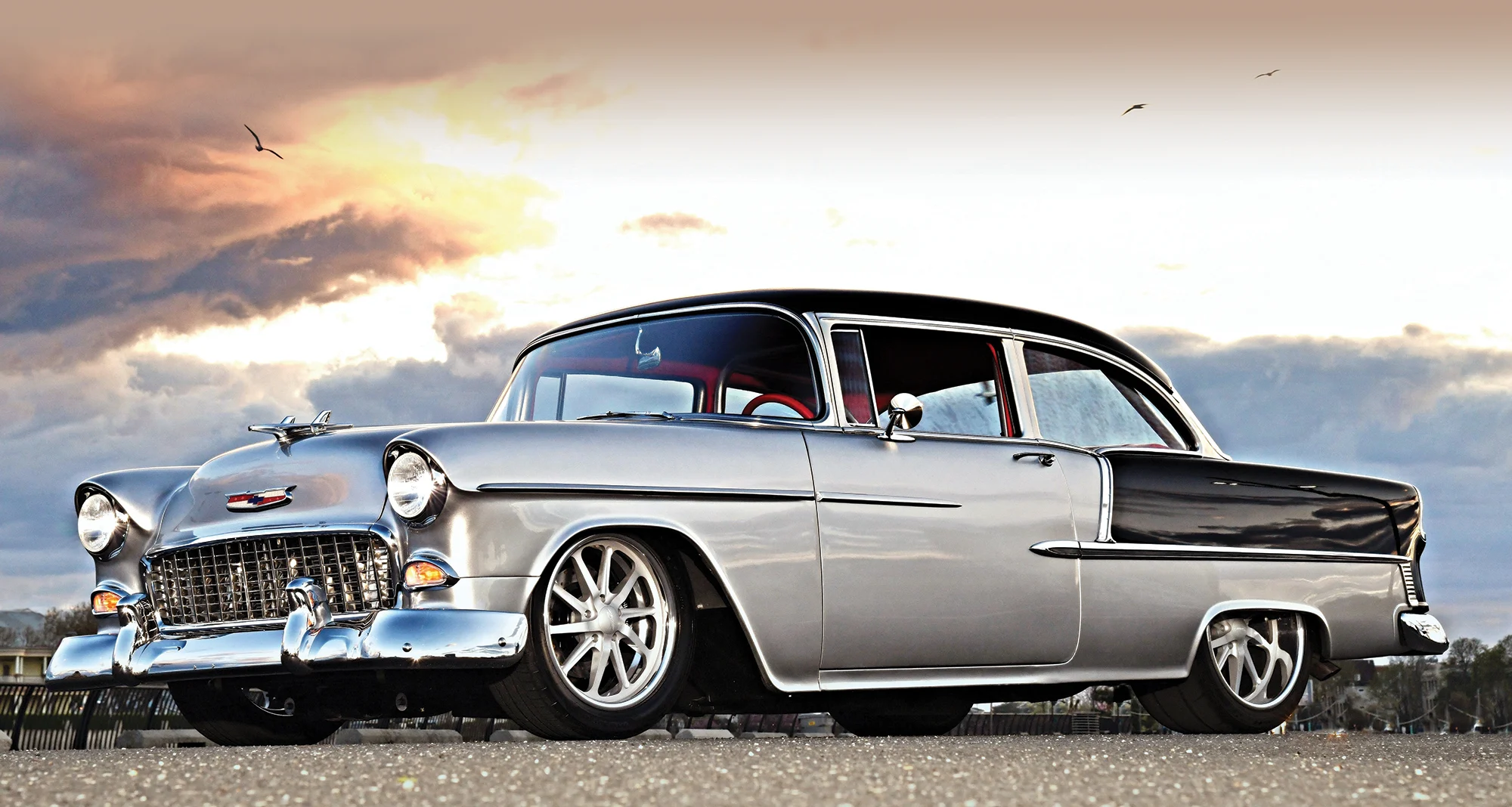
 TECH
TECH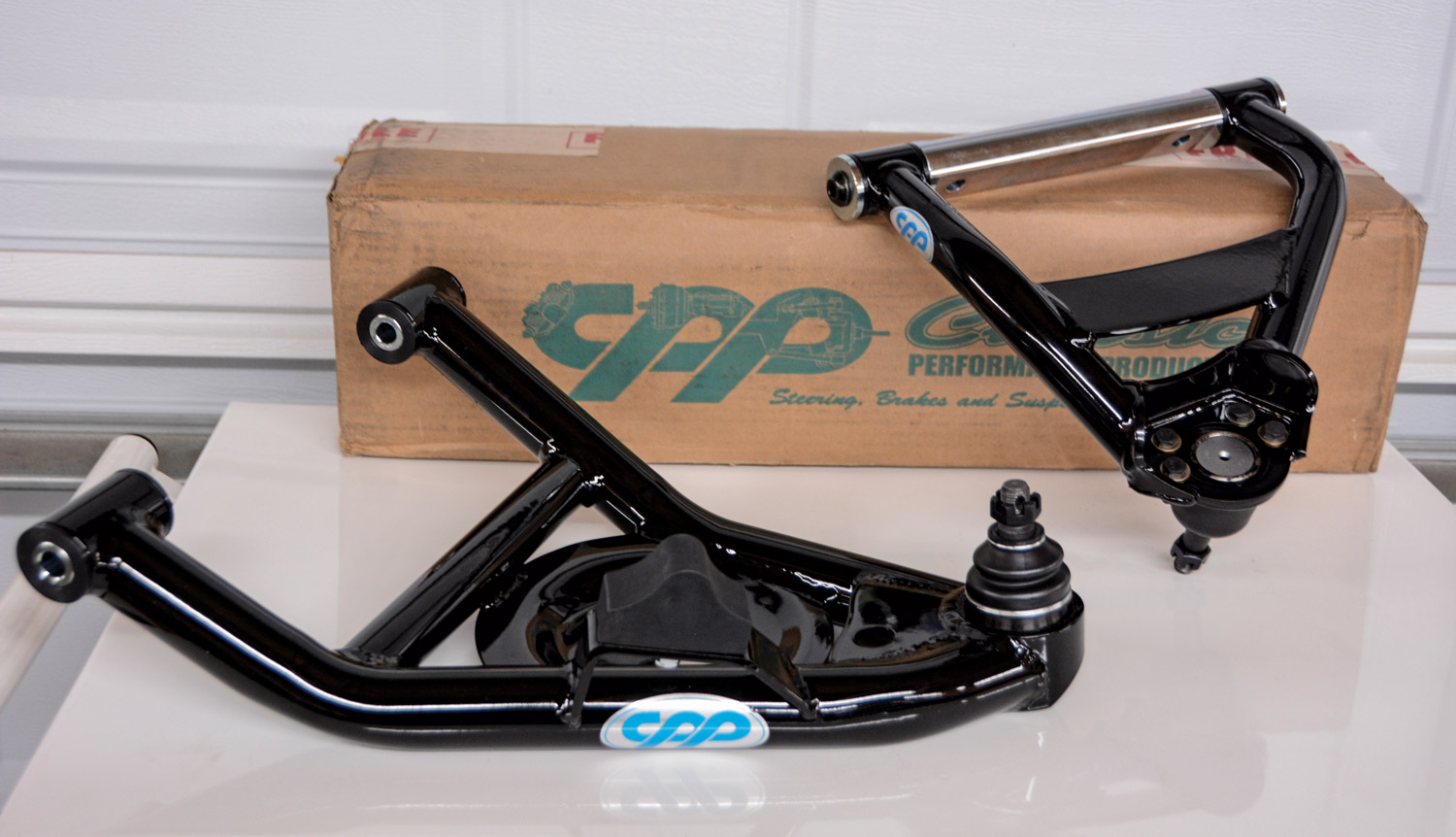
 Images by The Author
Images by The Authorhen you hold onto a car for a decade or so and drive it several thousand miles a year, components will wear out. During the early stages of our 1964 Chevelle project we went through the front suspension, brakes, and steering system to bring it up to par, while also lowering the stance. Since then, we’ve put about 40,000 worryfree miles on the car. Recently, we noticed an intense squeak that couldn’t be resolved and started seeing some irregular wear on the tires. We wanted to tear into it before things got any worse, and it was a perfect time to upgrade the suspension and ride quality on our trusty crew cab Chevelle.
Classic Performance Products (CPP) got the call as our first round of upgrades consisted of CPP components, which seemed like a natural fit. Many of the “phase one” replacement parts were still usable, but we knew that a tubular control arm upgrade would benefit the car. Old, stamped steel control arms flex and bend, and the original-style bushings just don’t last very long, so we wanted a long-term solution that would give us a good combination of strength and comfort. We opted for CPP’s complete Chevelle tubular control arm kit (PN 6472TCA-ULK-B), which consists of upper and lower control arms and the necessary hardware to install them. The control arms come preassembled with billet cross shafts, new ball joints, and bushings already installed. We also used a set of CPP shocks (PN CPP-1000) to give us a smooth ride. Because of the irregular tire wear, it was also a good time for fresh rubber, so we snagged a set of new Coker Classic Star Series tires from Coker Tire.
 FEATURE
FEATURE
 Images by THE AUTHOR
Images by THE AUTHORtepping back in time, one can only imagine the excitement of walking into your local Chevy dealership during the peak of the muscle car wars and laying down the cash for one of their most sought-after street machines. With an endless stream of options in 1970 for the Chevelle, checking off the right boxes, especially the one for code RPO Z15, would land you a fire-breathing SS454 version packed with all the right factory performance parts to make it a serious contender. Regardless of whether you selected the LS5 rated at 360 hp or the rarer LS6 rated at 450 hp, you were in for plenty of action once you bolted on your license plate and hit the streets. The meticulous 1970 Chevelle SS454 laid out across our pages belonging to Chris Cogoli of Holliston, Massachusetts, is a perfect example of its breed, having evolved over the decades into a hard-core muscle car.
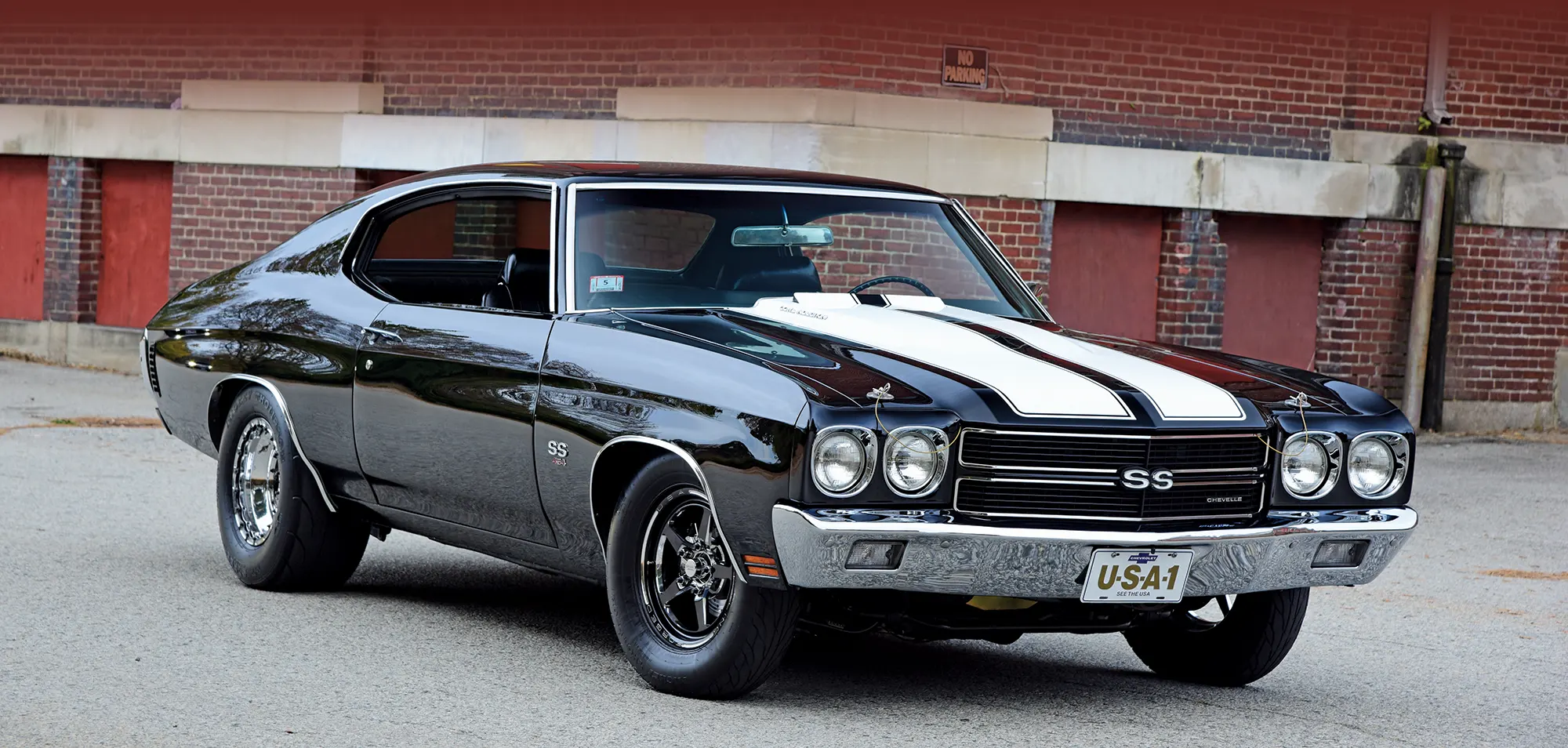
 EVENT
EVENT Images by
Images by hen putting on a car show it comes down to having the right recipe in place for continued success. The folks who have been organizing the Camaro Nationals have managed to cook up a winning combination that has helped the show grow by building on the positives of the previous years’ successes. In celebration of their 25th anniversary, they once again held their event at the Classic Auto Mall in Morgantown, Pennsylvania. Aided by a stellar weekend of good weather, they continued to up their game by pulling in cars from over 40 states and Canada. With a registered car count of 708 by Saturday afternoon, the organizers surpassed the count of 604 in 2023.
An event of this magnitude needs foot soldiers to make it happen, and the leadership of this effort has been spearheaded by Karl Scheffy, the president of the local Lehigh Valley Camaro Club. With the help of his club members, and the members of the North Eastern Ohio Camaro Club and the Long Island Camaro Club, they have played an instrumental role in its continued success as a volunteer-based event.
Advertiser
- AJE Suspension81
- All American Billet23
- American Autowire27
- Art Morrison Enterprises45
- Auto Metal Direct9
- Automotive Racing Products43
- Billet Specialties81
- Borgeson Universal Co.29
- Classic Industries47
- Classic Performance Products4-5, 89, 92
- Custom Autosound69
- Dakota Digital91
- Eddie Motorsports37
- FiTech EFI75
- Flaming River Industries11
- Forgeline Motorsports67
- Granatelli Motor Sports, Inc.69
- Heidts Suspension Systems67
- Hemmings61
- Lokar2
- National Street Rod Association59
- PerTronix7
- Powermaster Performance87
- Rod Shows57
- Scott’s Hotrods87
- Speedway Motors31
- Summit Racing Equipment13
- Thermo-Tec Automotive89
- Trick Flow Specialties75
- Vintage Air6
- Wilwood Engineering39
- Woody’s Hot Rodz89








